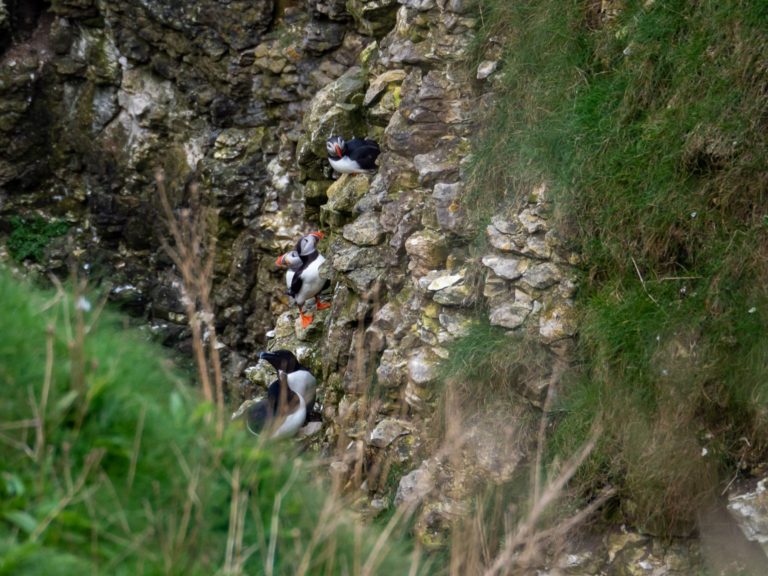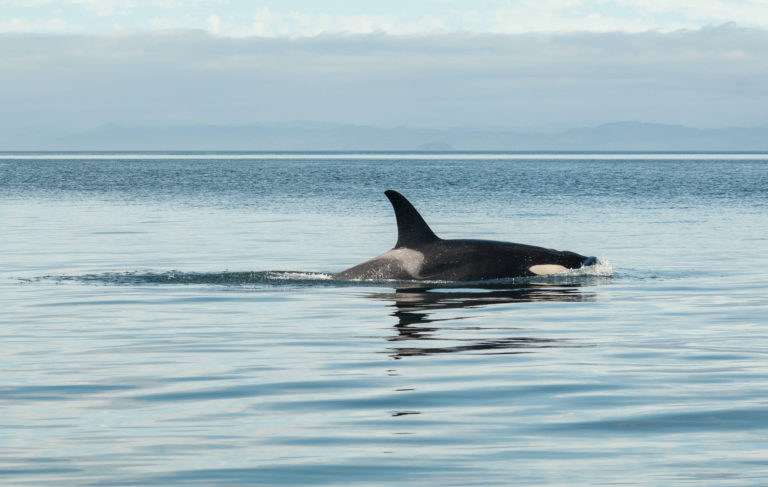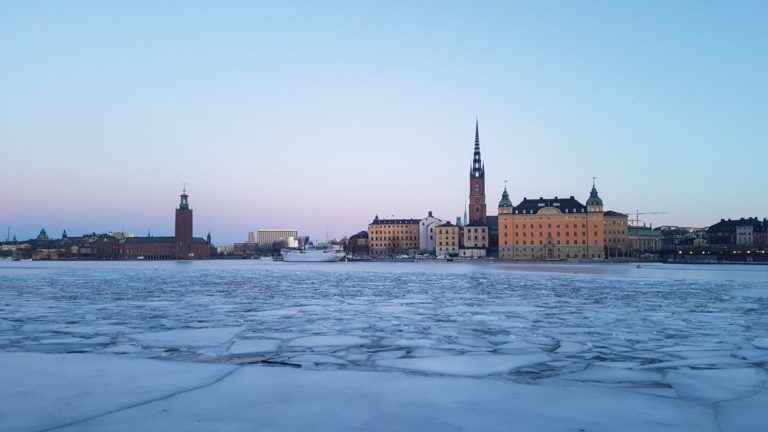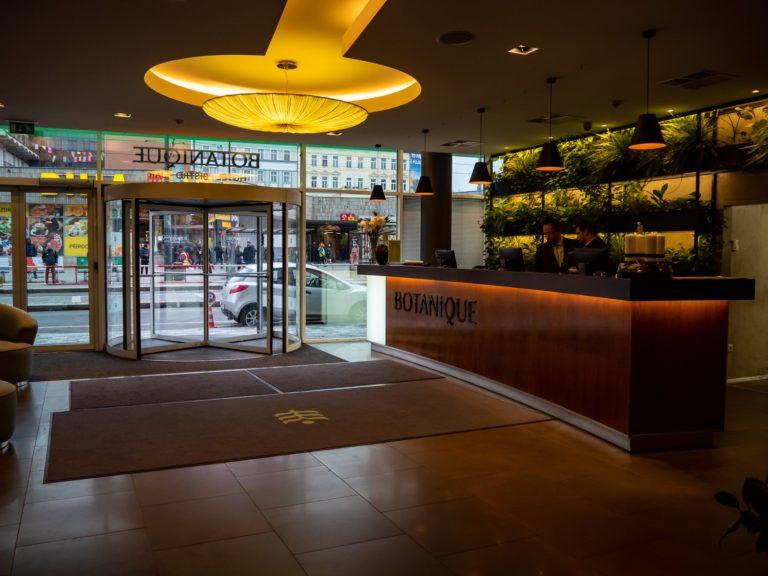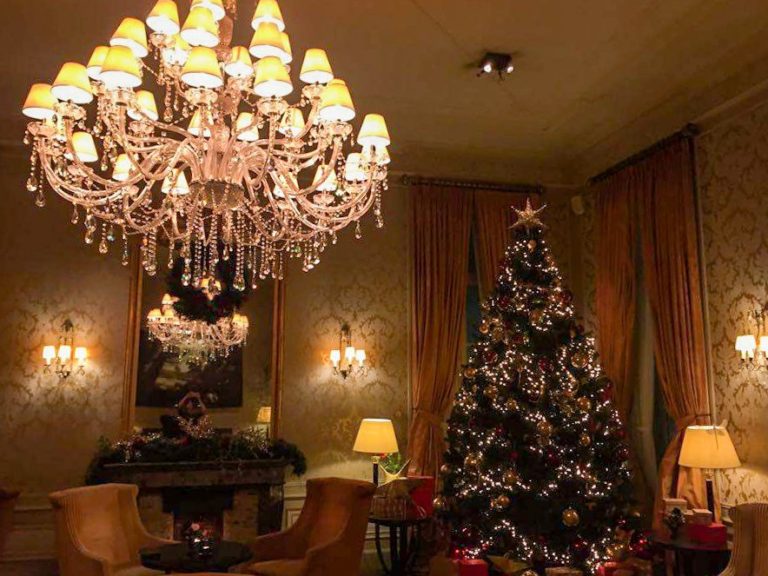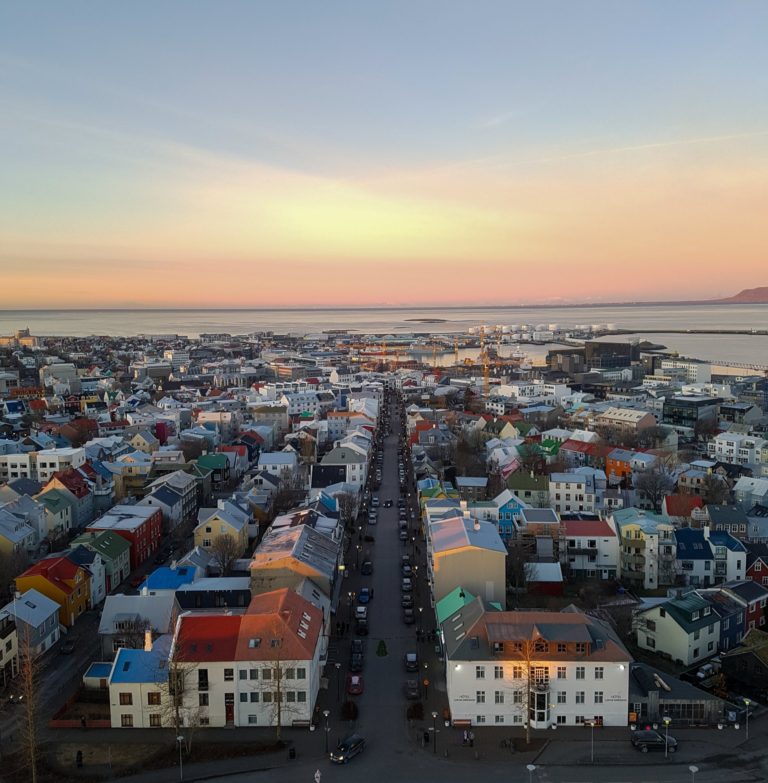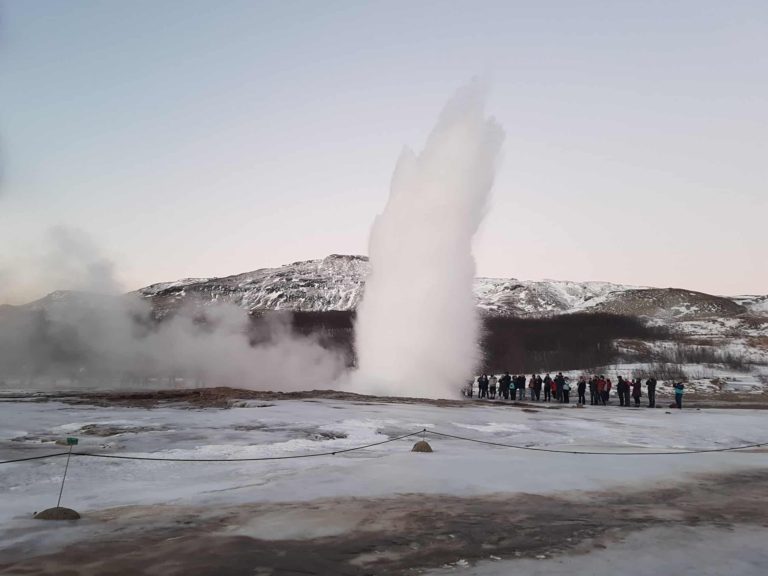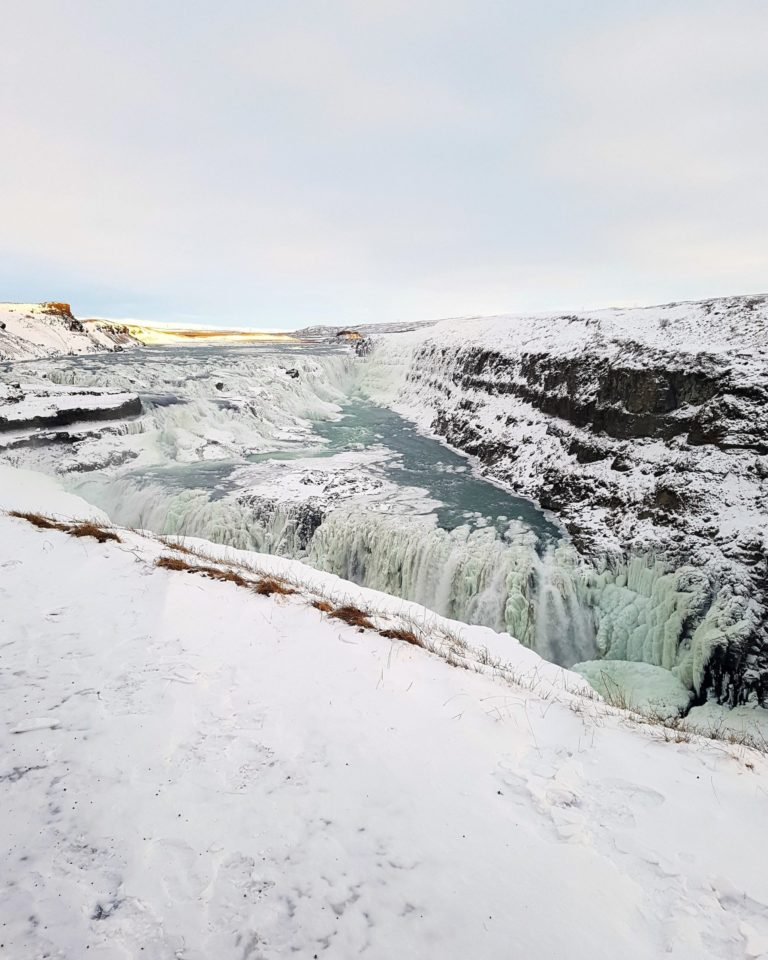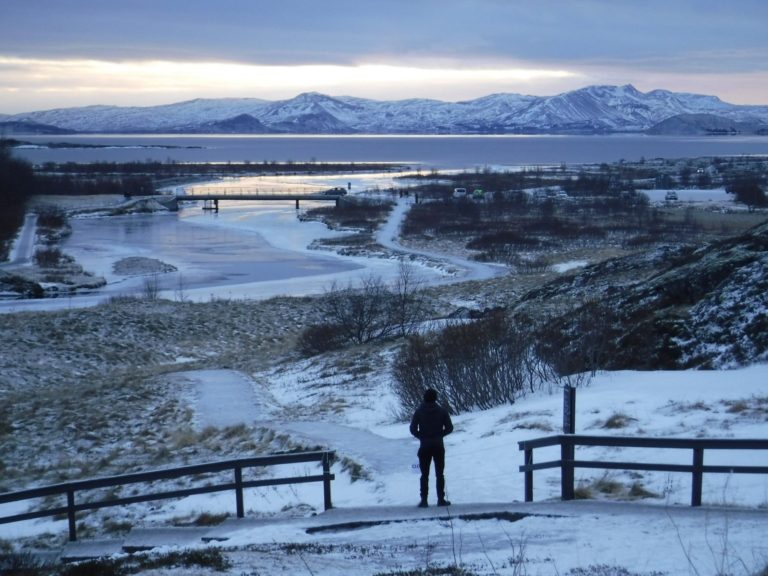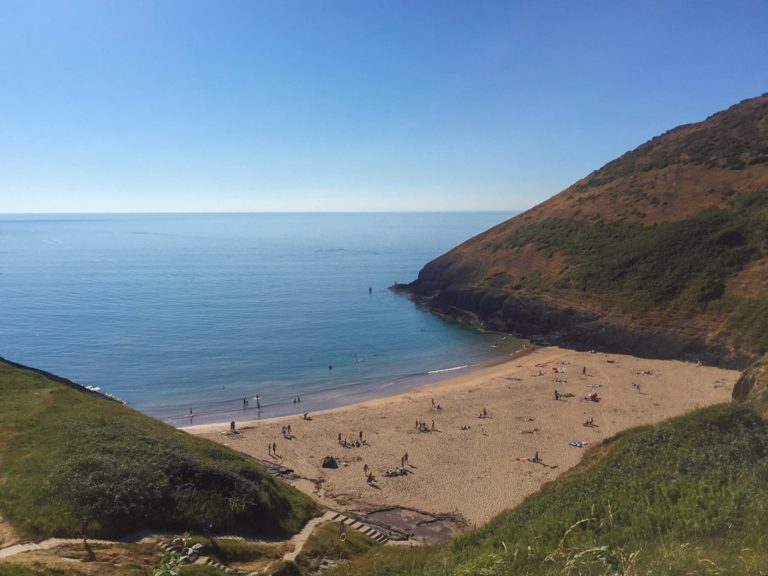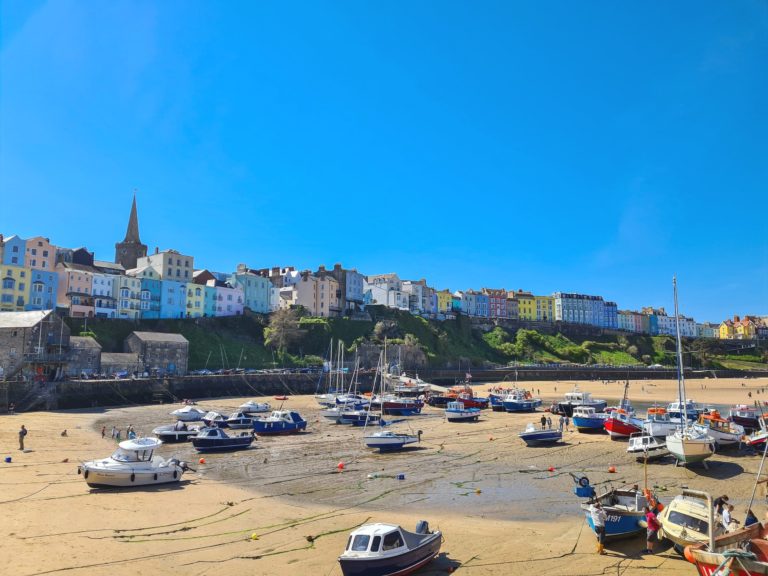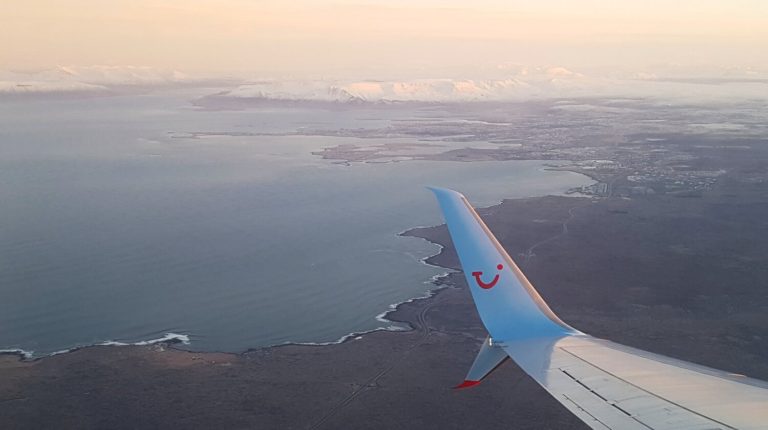The Thorough Guide to South East France
The 30 best things to do, what to eat, where to stay, interactive map and more!
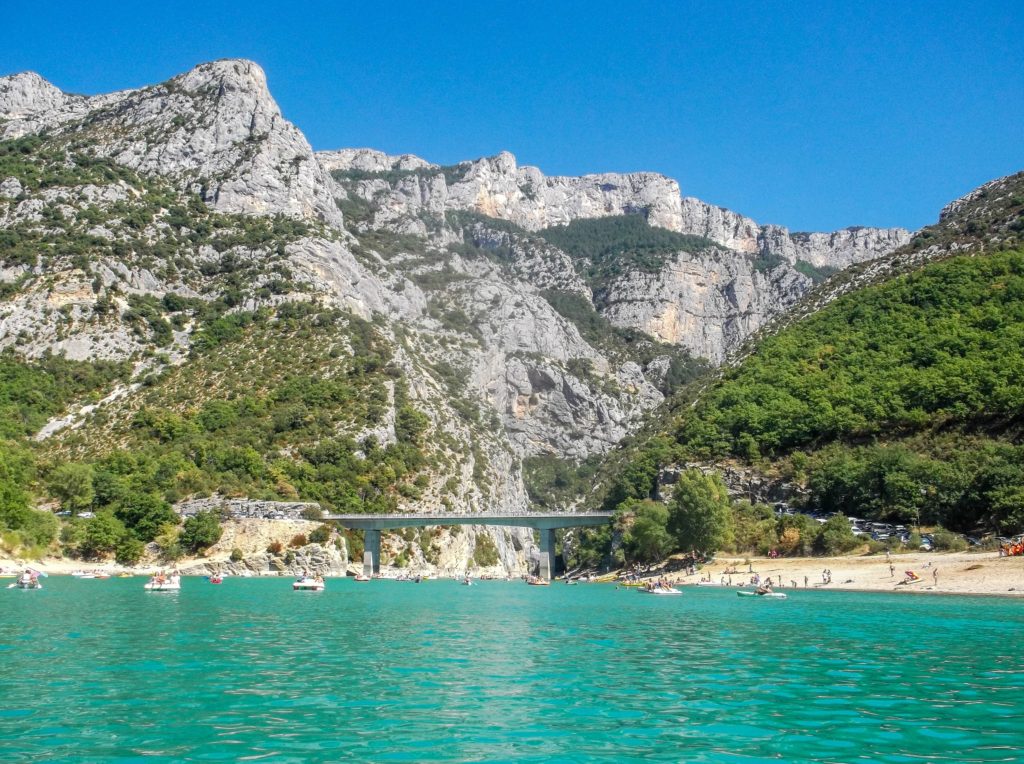
This post may contain affiliate links, which means we might earn a small commission on anything purchased through these links at no extra cost to you. Learn more on our disclaimer page.
France is a really popular holiday destination and for good reason. From medieval cities to alpine villages and Mediterranean beaches, France has a varied landscape, lots of history and an incredibly rich culture. A lot of people underestimate the size of France – it’s actually really big! We’ve spent a total of over 3 months in France and have completed a fraction of what’s on offer. One of our favourite areas is the South East – a region full of mountains, vibrant towns, Roman history, French Mediterranean coastline and the borders of Monaco and Italy. This article will cover the areas of Occitanie, Auvergne-Rhône-Alpes and Provence-Alpes-Côte d’Azur and detail all the best things to do in the South East of France.
Time needed: 14 days.
When to go: June-September, although July & August are the busiest periods.
Weather: 7-15°C in Winter and 20-35°C in Summer.
Language: French.
Currency: Euro.
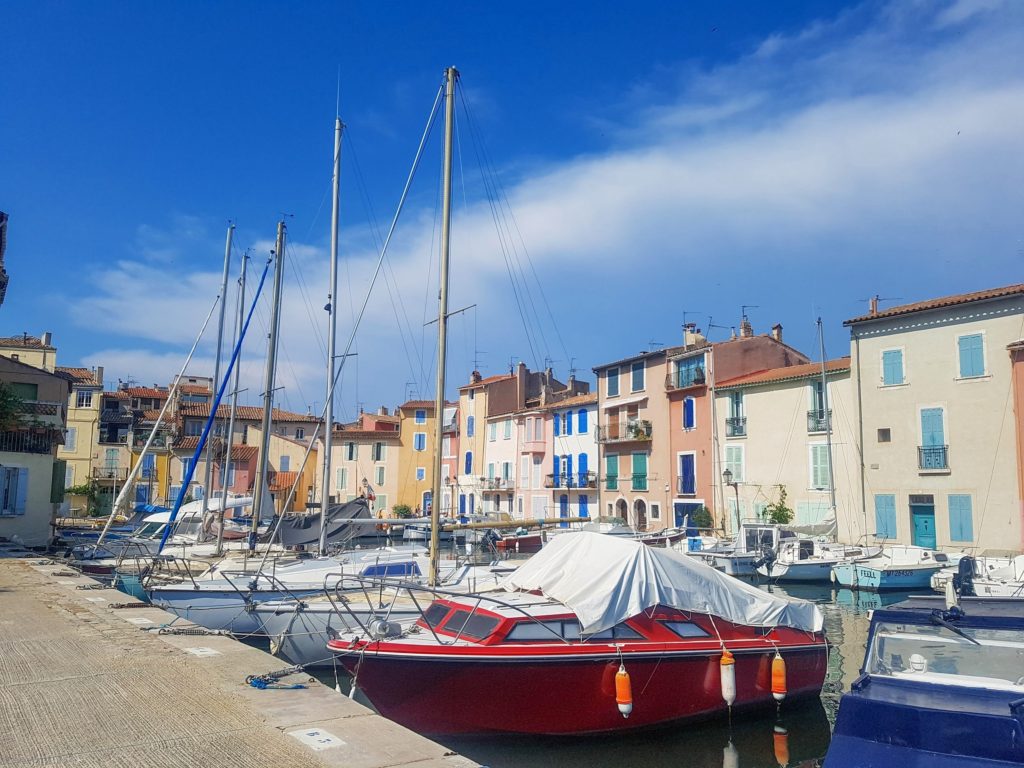
The Best Things to do in South East France
History
1) Pont du Gard
Pont du Gard is an ancient Roman aqueduct bridge which crosses the river Gardon in southern France. Built in the first century AD to carry water over 31 miles (50 kilometres) to the Roman colony of Nemausus in Nîmes, the bridge is made up of three tiers of arches and stands 49 metres tall. It is a popular spot for swimming and sunbathing, while kayaks and canoes can be rented further up the river and rowed all the way under.
Admissions tickets to the site can be purchased in advance and also allow entry to the facilities situated on the two banks of the Gardon, including the Museum of the Pont du Gard, a film presenting the site, an outdoor exhibition about human occupation here since 2000 years ago, Ludo, an entertaining and educational space for children, temporary artistic and scientific exhibitions and a restaurant-cafeteria on both sides of the river. Day trips can also be booked to include a local guide and return transfers, like this Half-Day Pont du Gard and Wine Tasting Tour from Avignon.
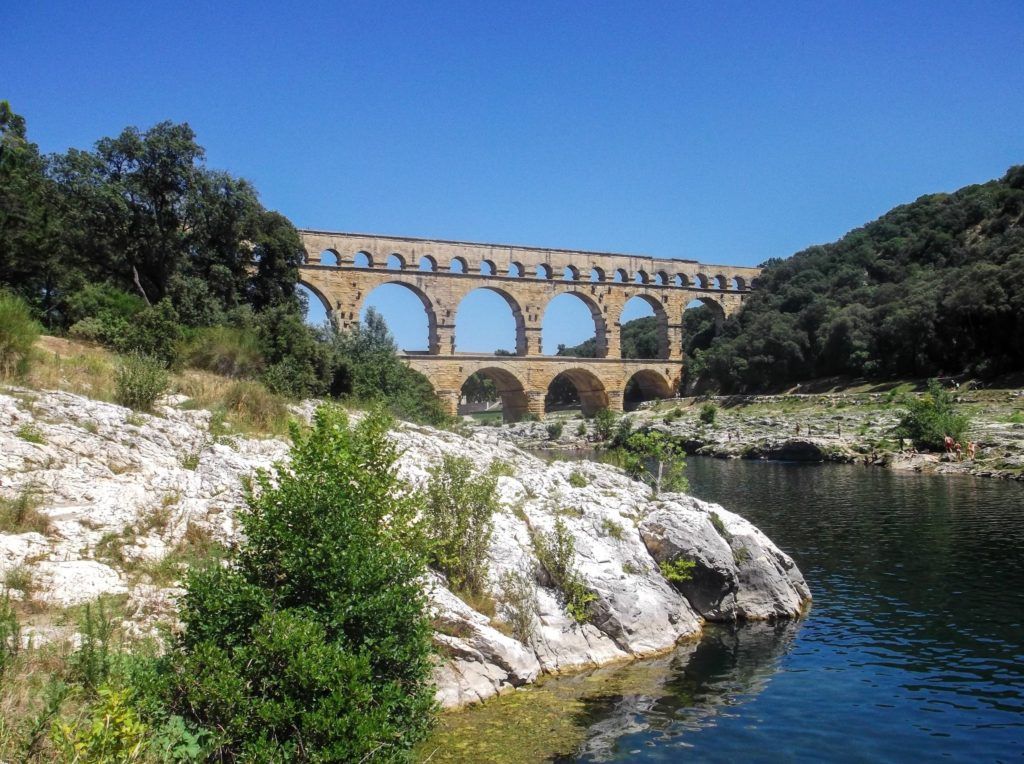
2) Pont Flavien
France might not be the first place you think of when looking for Roman history (think Italy, Turkey, Germany), but it actually has some of the best preserved Roman ruins in Europe. Lying in Saint-Chamas, Provence, Le Pont Flavien sits across the River Touloubre and is the only surviving triumphal arch bridge from the Octavian period. The two arches are made of white limestone while the bridge itself is made of yellow limestone. Eagles are carved above the capitals (pillars) and lions stand atop the arches. While it might not be the largest lasting reminder of the 500 years of Roman rule in France, it is said to be the most beautiful Roman bridge outside of Italy.
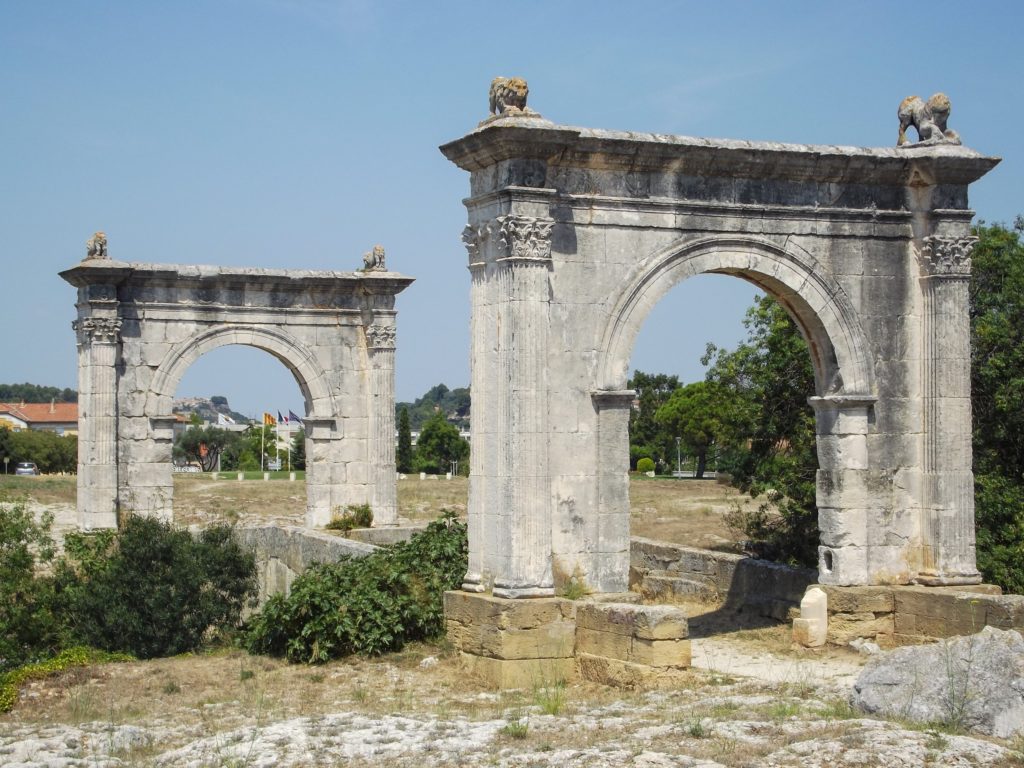
3) Théâtre Antique d’Orange & Arc de Triomphe
Orange has an exceptional historical heritage. The Roman Theater and Museum of Orange was built early in the 1st century AD and is one of the best preserved of all Roman theatres in the world. Its façade is 103 metres long and is a stunning backdrop to performances that are still put on today. Nearby sits the Triumphal Arch of Orange, which is dated to the reign of emperor Augustus (27 BC–AD 14).
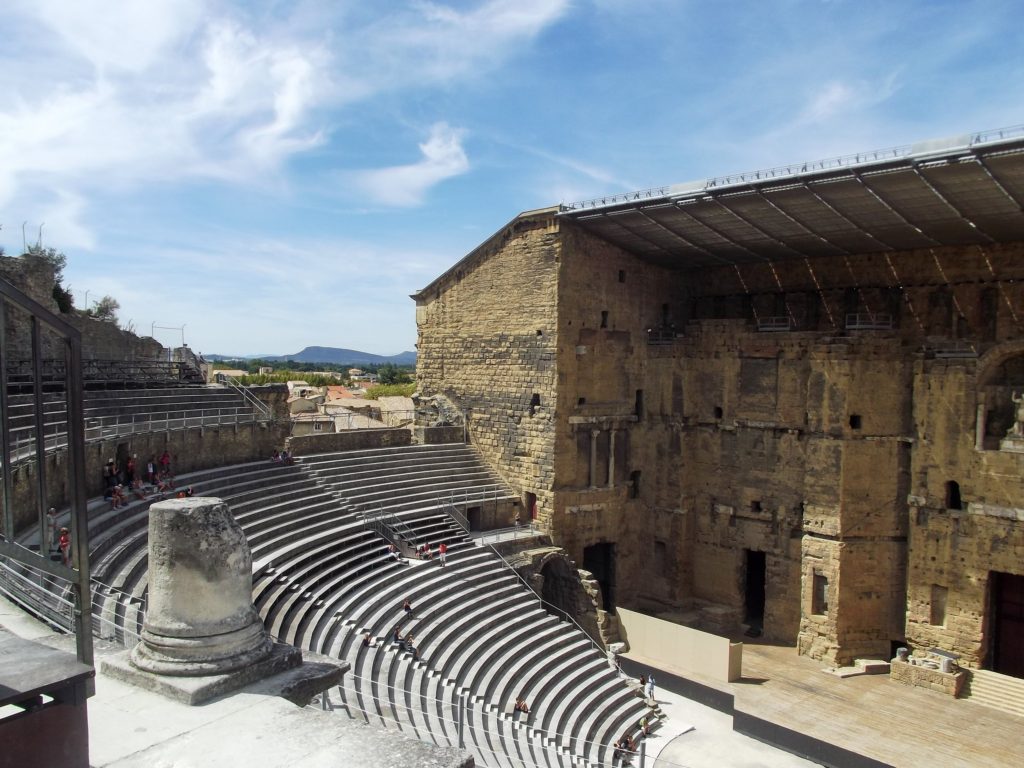
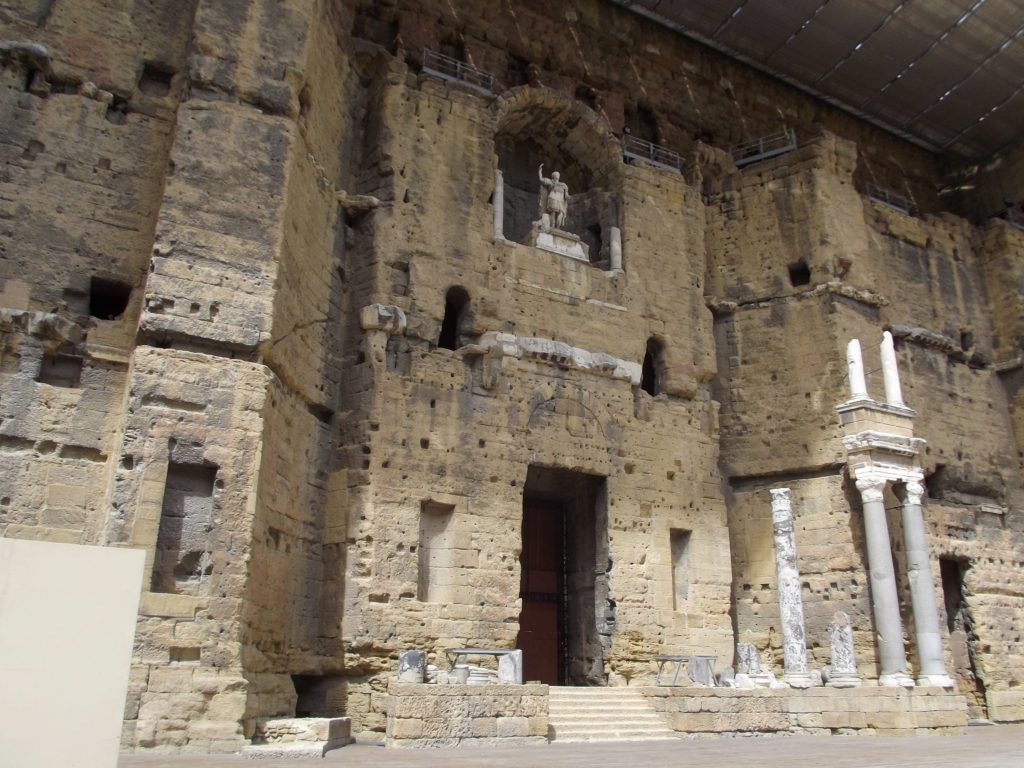
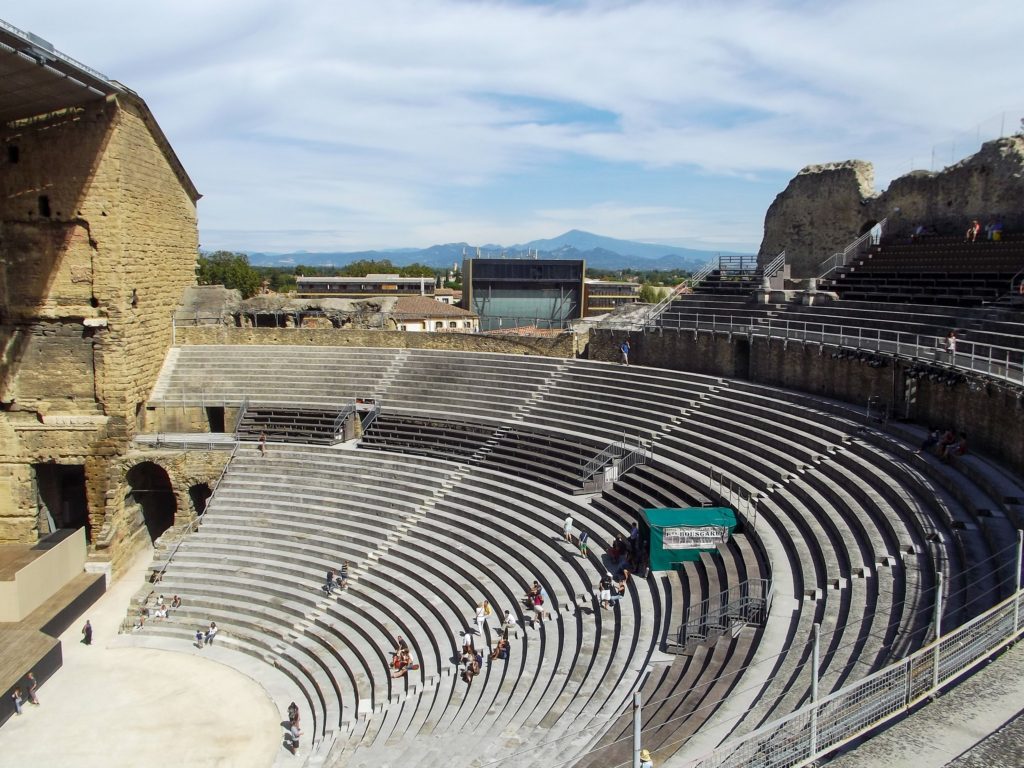
4) Vaison-la-Romaine
Vaison-la-Romaine is a town in the Vaucluse department in the Provence-Alpes-Côte d’Azur region and is made up of 3 parts: antique, medieval and modern towns, which span 2,000 years of history. It is famous for its abundant Roman ruins, which sit across two main sites – Puymin and La Villasse. Tickets can be purchased at the ticket office, as well as audio guides.
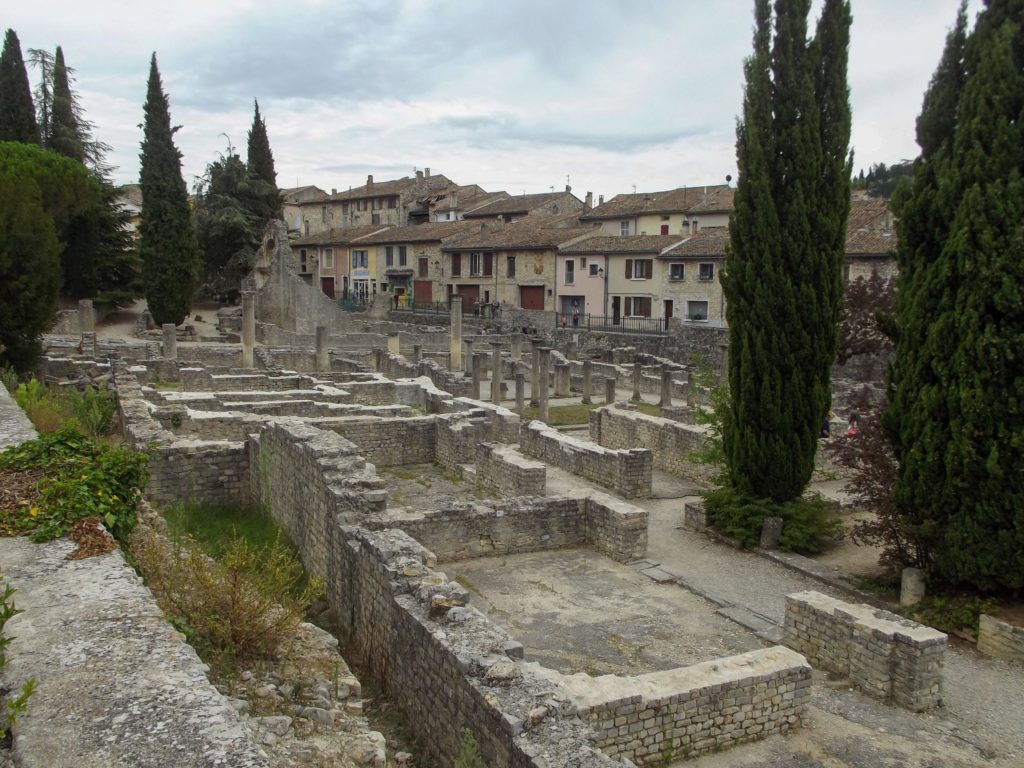
5) Nîmes Arena, Temple of Diana & Maison Carrée
Nîmes is an ancient city in Occitanie and was an important outpost of the Roman Empire. It has some of the best preserved Roman monuments in France, including the Arena of Nîmes, which is a double-tiered amphitheatre built around 70 A.D. You can still attend concerts and bullfights here today, or visit the arena during the day.
The Temple of Diana can be found near La Fontaine, a gushing spring which was a sanctuary devoted to the cult of the emperor and his family. The temple is believed to have actually been a library built under the reign of Augustus but the date is up for debate. Nearby lies one of the best preserved Roman temples to survive in the territory of the former Roman Empire – Maison Carrée (Square House). While the Tour Magne, an 18m stone watchtower and part of the Roman city walls, offers spectacular panoramic views. You can purchase a combined ticket for these attractions at the Arena of Nîmes ticket office.
If you’d like to learn more about Nîmes, consider joining a Private Guided Historical and Cultural Tour. While those who’d like to see more of the surrounding area can book this highly-rated combination tour of Pont du Gard, Uzès & Nîme.
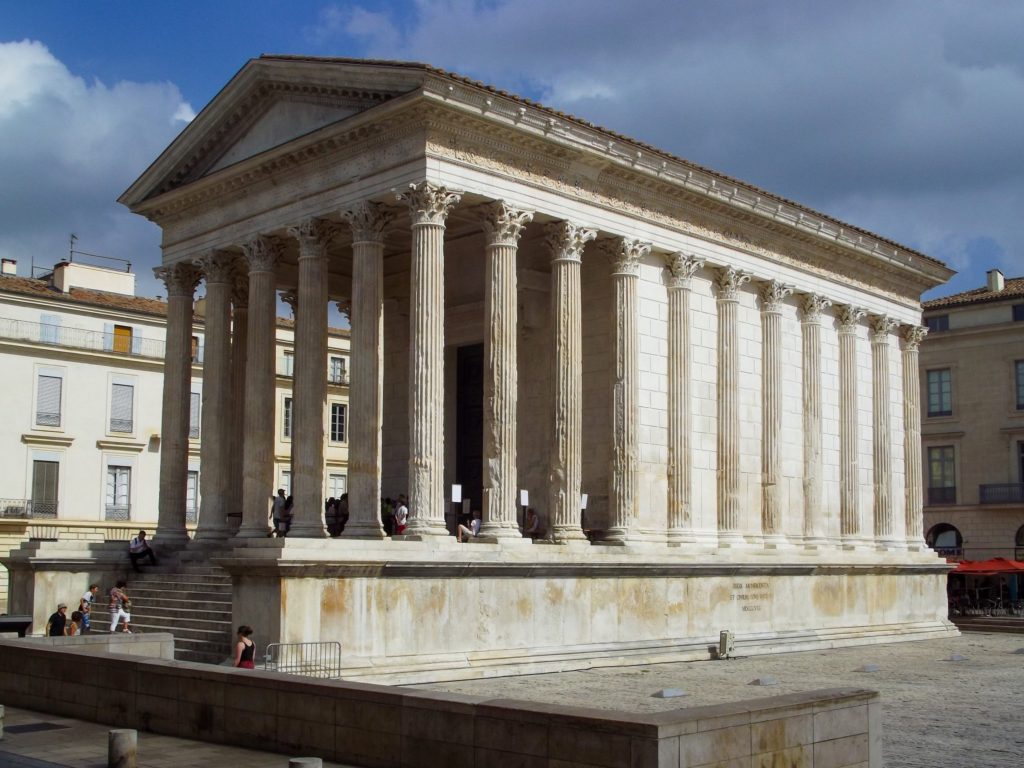
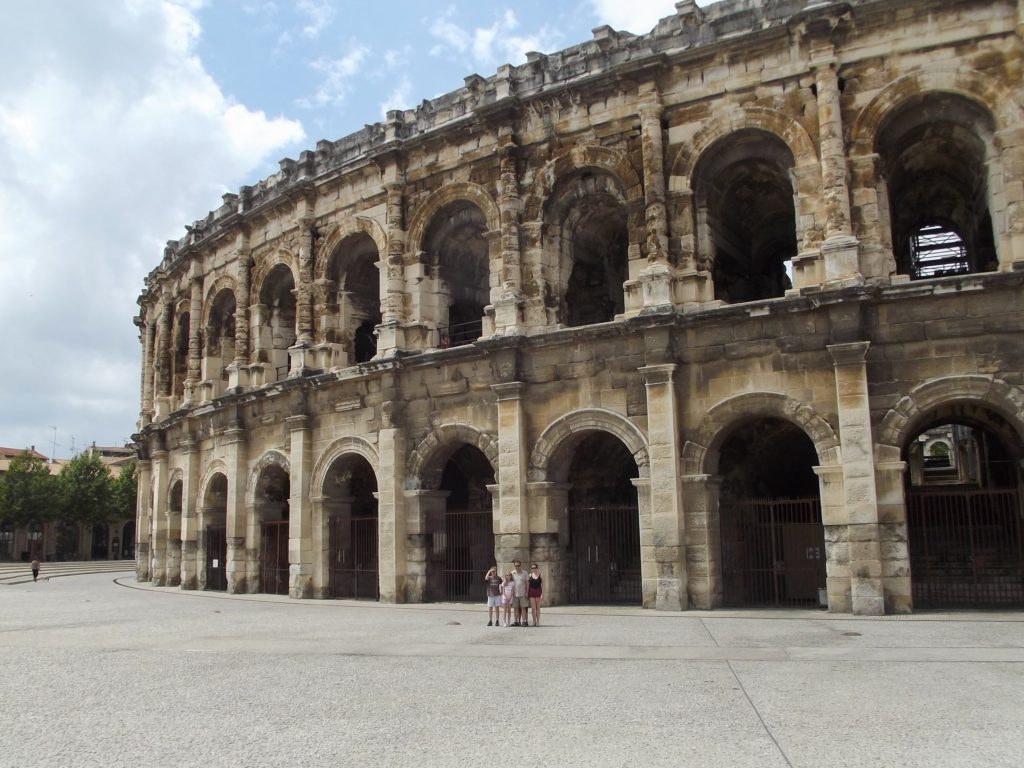
6) Avignon
Set on the Rhône River, Avignon is one of France’s most beautiful cities. It was the seat of the Catholic popes from 1309 to 1377 and remained under papal rule until becoming part of France in 1791. Surrounded by medieval ramparts, the city centre is home to the impressive Palais des Papes (Palace of the Popes), which is one of the largest and most important medieval Gothic buildings in Europe.
You can visit this UNESCO World Heritage Site, although it’s best to buy tickets in advance, which lets you skip the (often super long) queue. There are informative boards throughout the Palais, but the entrance fee includes a Histopad (electronic tablet) which gives history of the Palais, architectural details and helps you to envision what the Palais looked like when the popes lived there. Alternatively, you can book a guided tour to learn more from an experienced guide. Ticket combinations can also be purchased to include the Pont d’Avigon Bridge and Pontifical Gardens. The Pont Saint-Bénézet, also known as the Pont d’Avignon, is said to be most famous bridge in the world, due to being the focal point of the children’s song Sur le pont d’Avignon. This medieval bridge once linked the two banks of the Rhône together, but now sticks out halfway into the river.
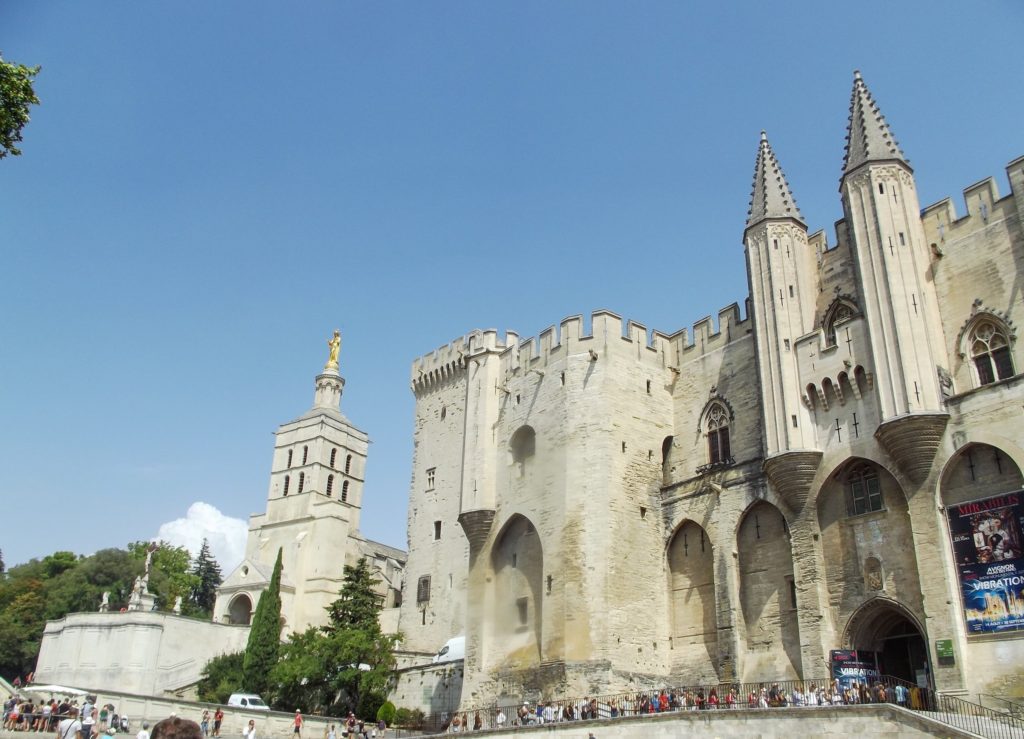
7) Village des Bories
Village des Bories (The Bories Village) is an open-air museum of 20+ dry stone huts near Gordes, Vaucluse. The huts are set on a hill of around 270 metres high, offering stunning views, and were once agricultural outhouses used by farmers on a seasonal basis. The age of the bories is up for debate with some claiming they date back to the Bronze Age, but the most recent huts were built in the 18th century.
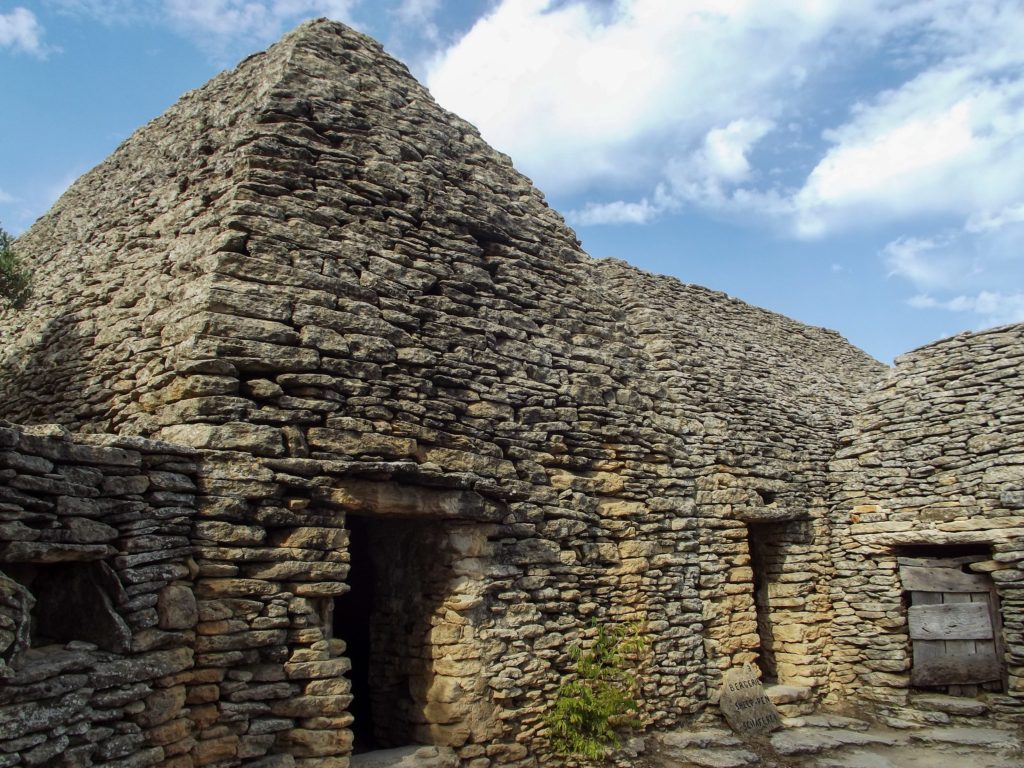
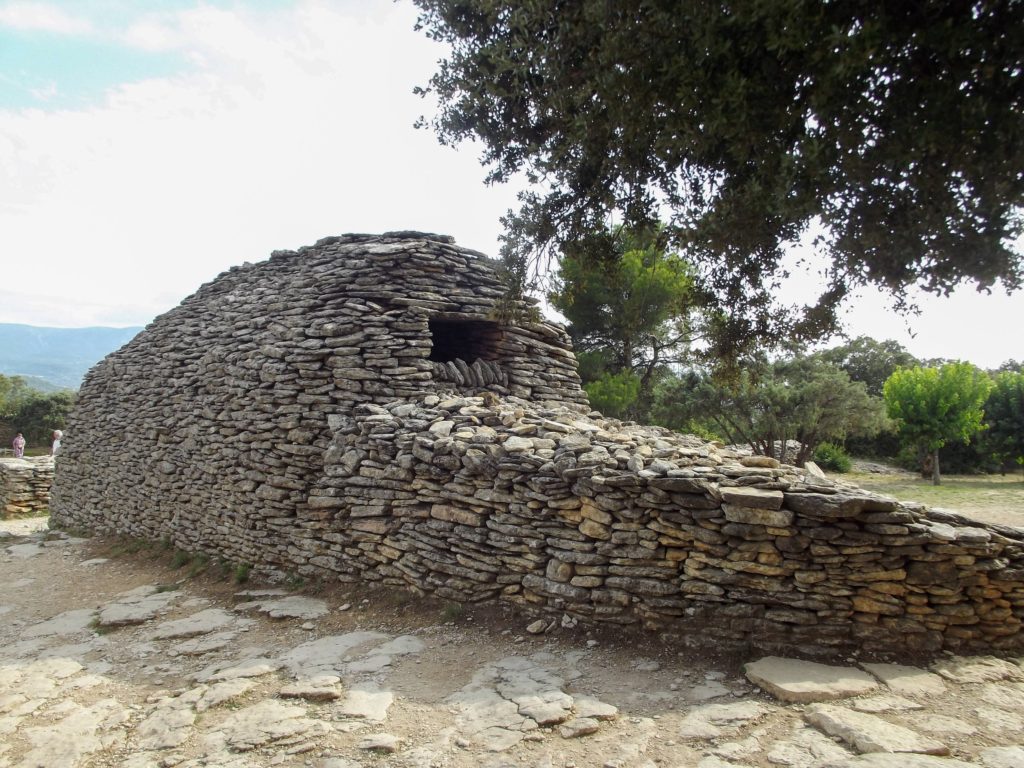
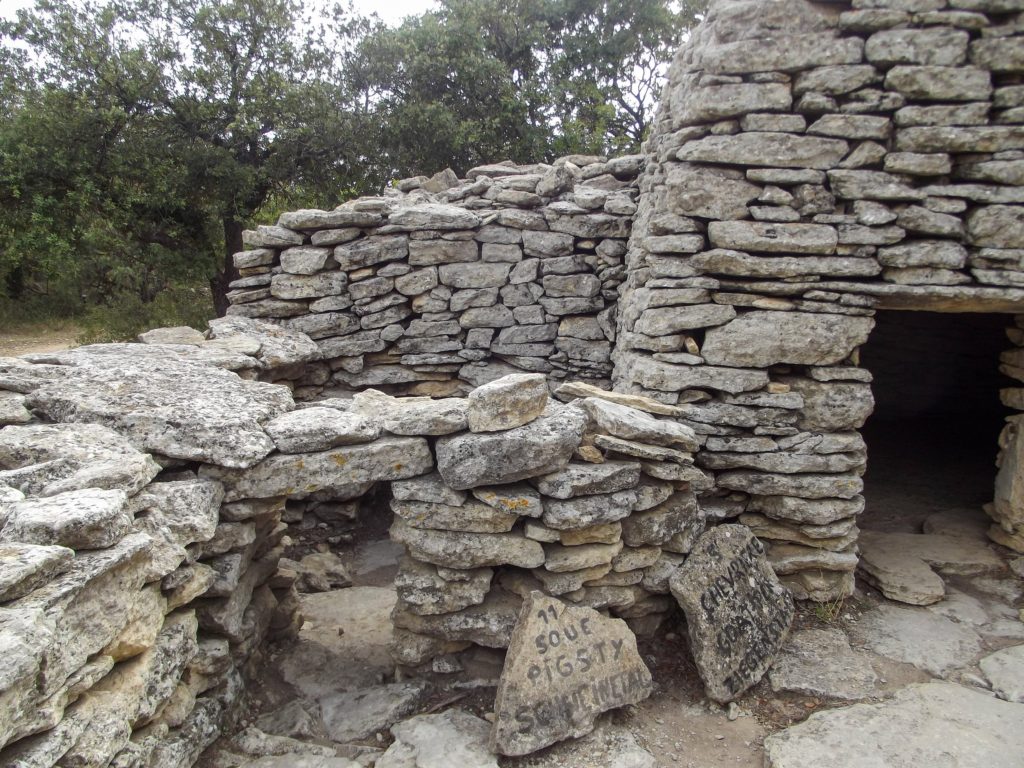
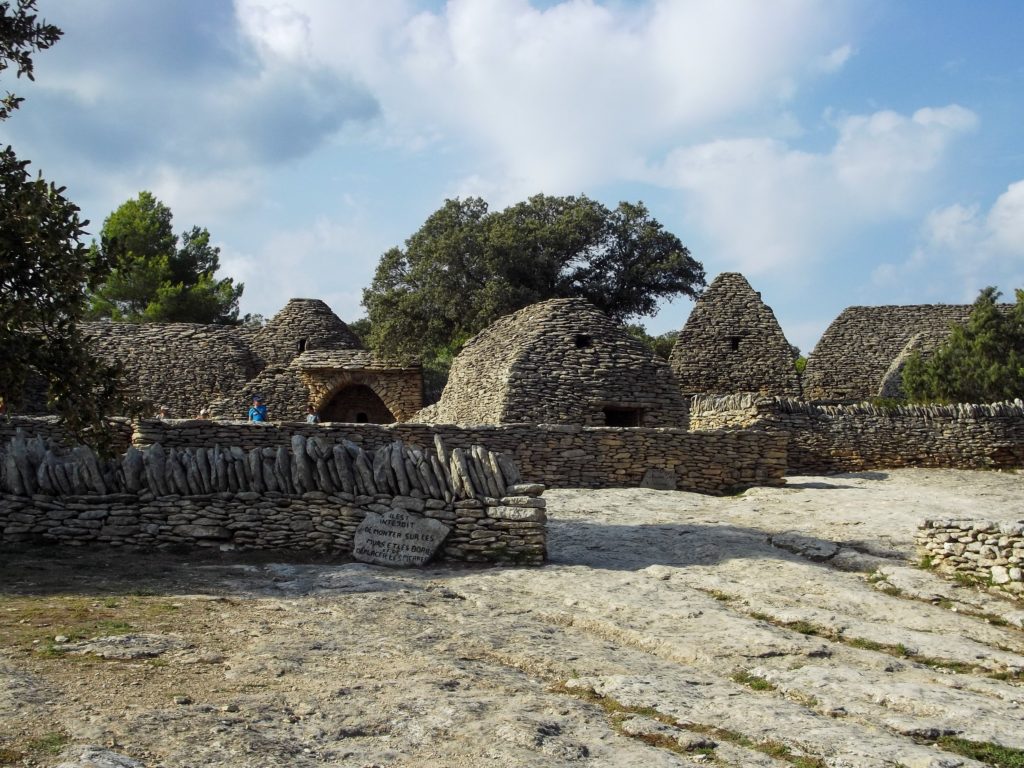
8) Château des Baux
Set high up on a rocky outcrop, Le Château des Baux-de-Provence is one of the most beautiful sites in France. The Château is a 10th century fortified castle and home to the biggest trebuchet in Europe! Easily accessible from Marseille, Montepellier, Aix-en-Provence, Arles, Nimes and Avignon. Tickets are €18 with reduced prices, tours and extra activities available. Those eager to learn more should consider joining a guided tour, like this highly-rated combined tour of Arles Arena & Château des Baux.
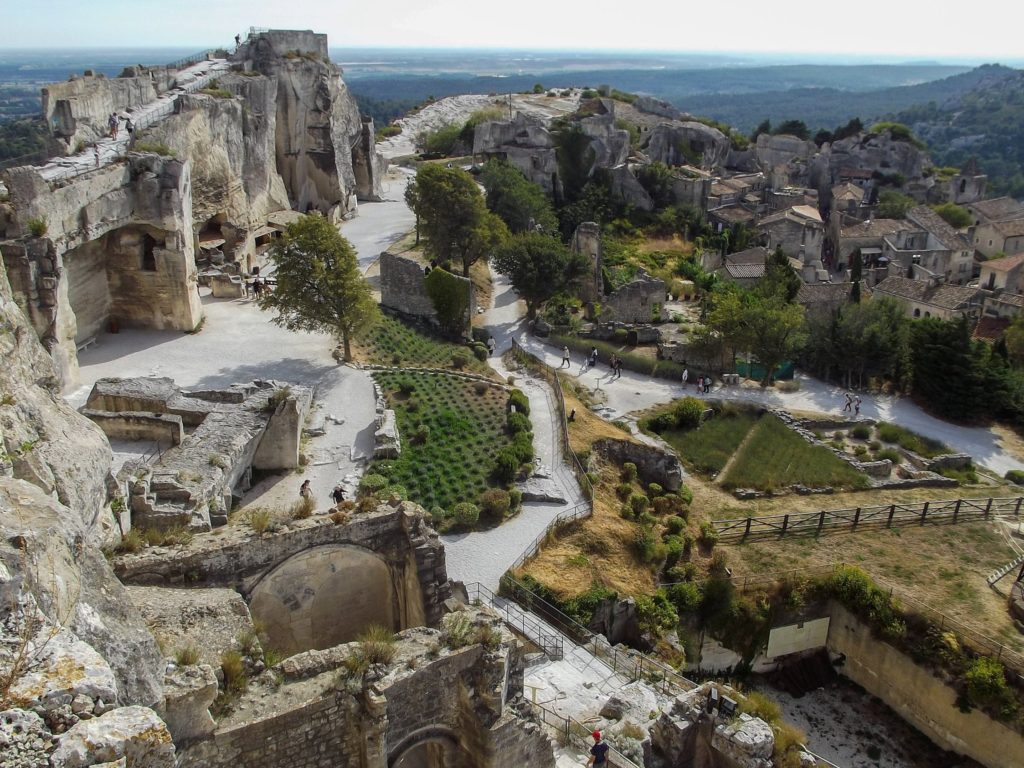
9) Grutas de Calès
The Grutas de Calès is a site of cave dwellings near Lamanon, which were inhabited by troglodytes from Neolithic times, through the Roman era to the Middle Ages. They were carved out into the cliffs and would have been used as either a refuge or a permanent residence. There are more than 58 distinct and identifiable caves, as well as window holes, animal pens, a communal meeting hall, food pits and a guttering system to divert and collect water.
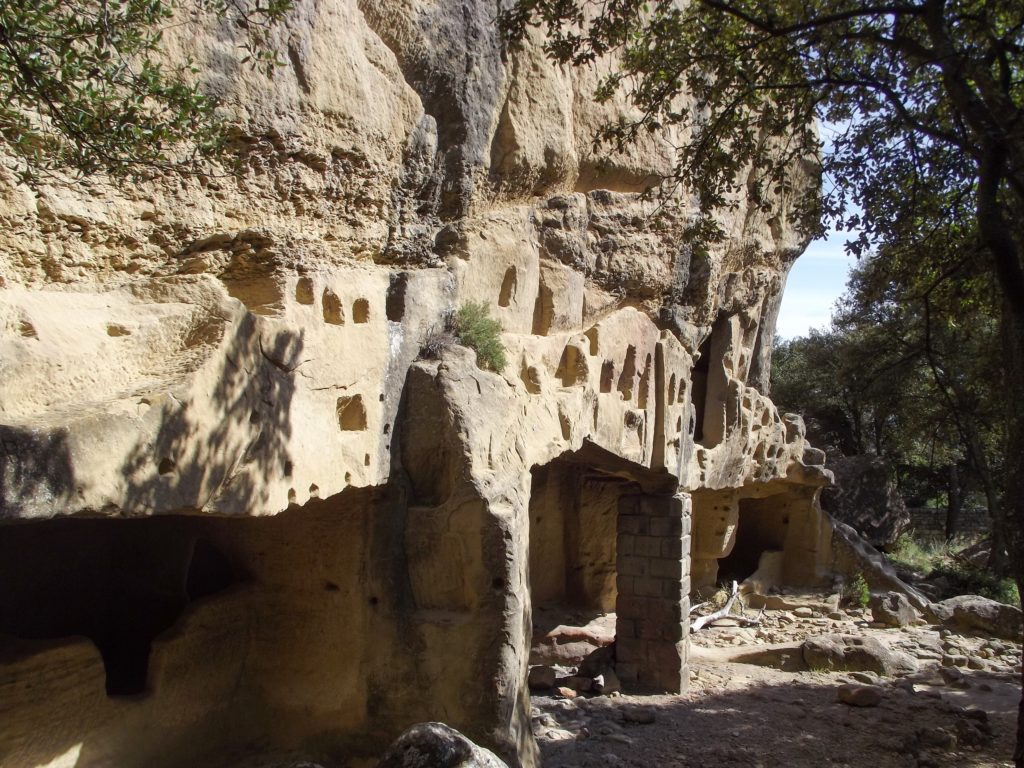
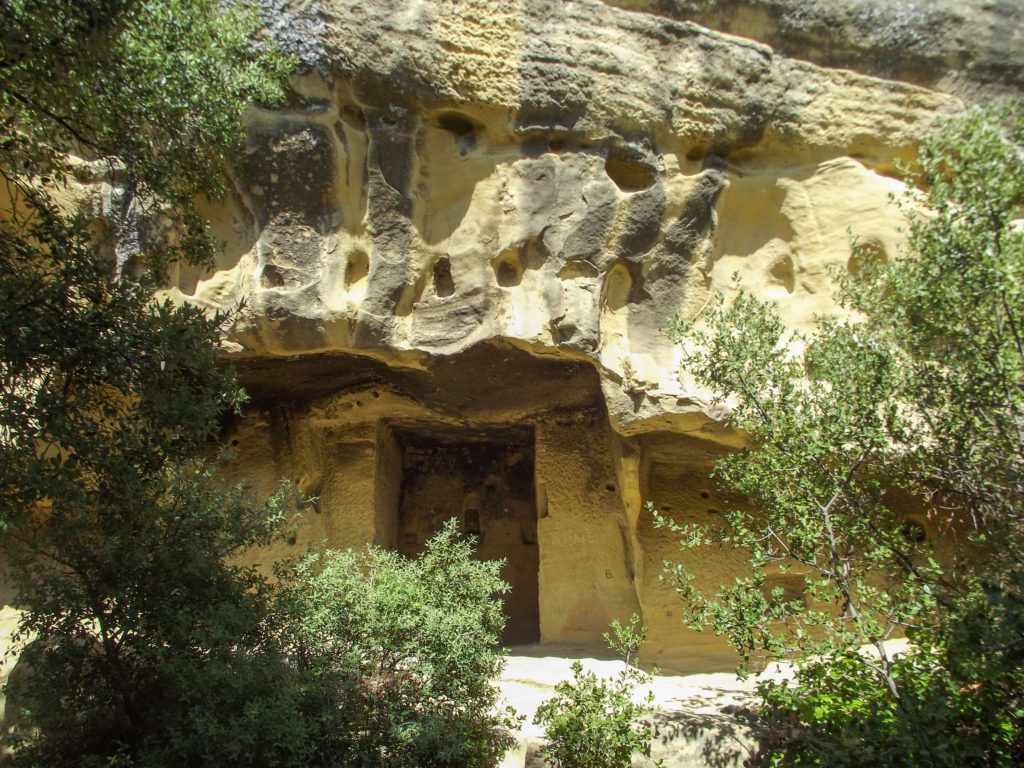
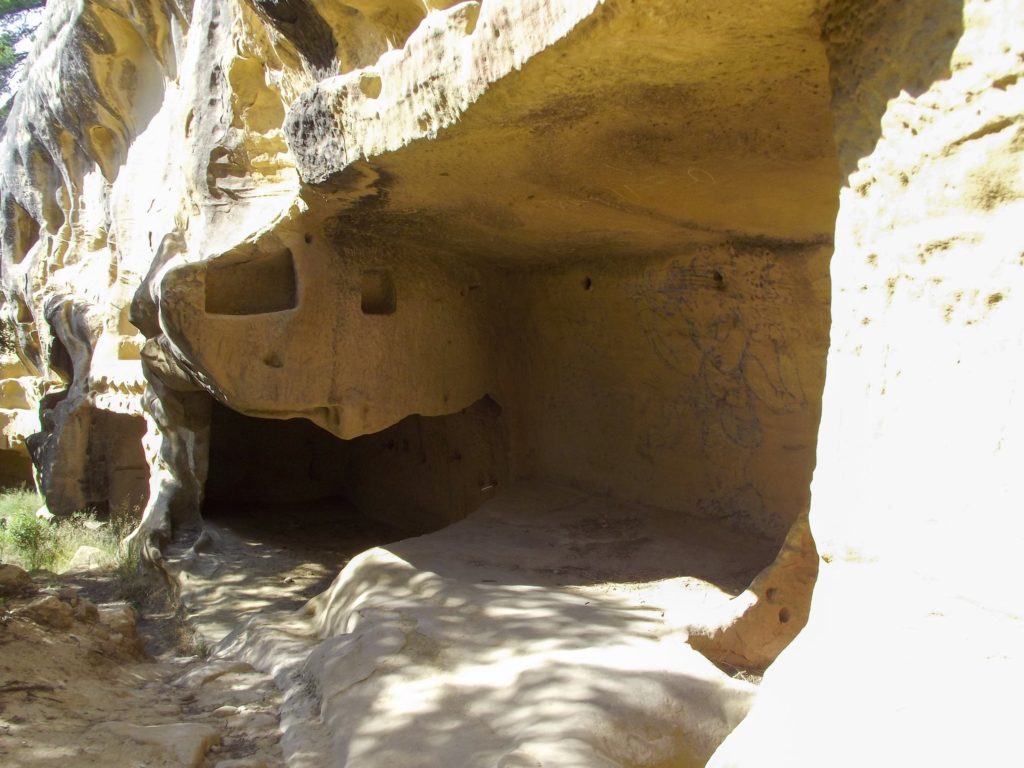
10) Site Archéologique de Glanum
Located near Saint Rémy-de-Provence (featured later in this article), Glanum was an ancient and wealthy city. It was originally a Celto-Ligurian fortified Iron Age settlement which expanded under Greek influence before becoming a Roman city. There is still an extensive ancient site, Site Archéologique de Glanum, with remains of a Roman town , including a Triumphal Arch and the Jules Mausoleum.
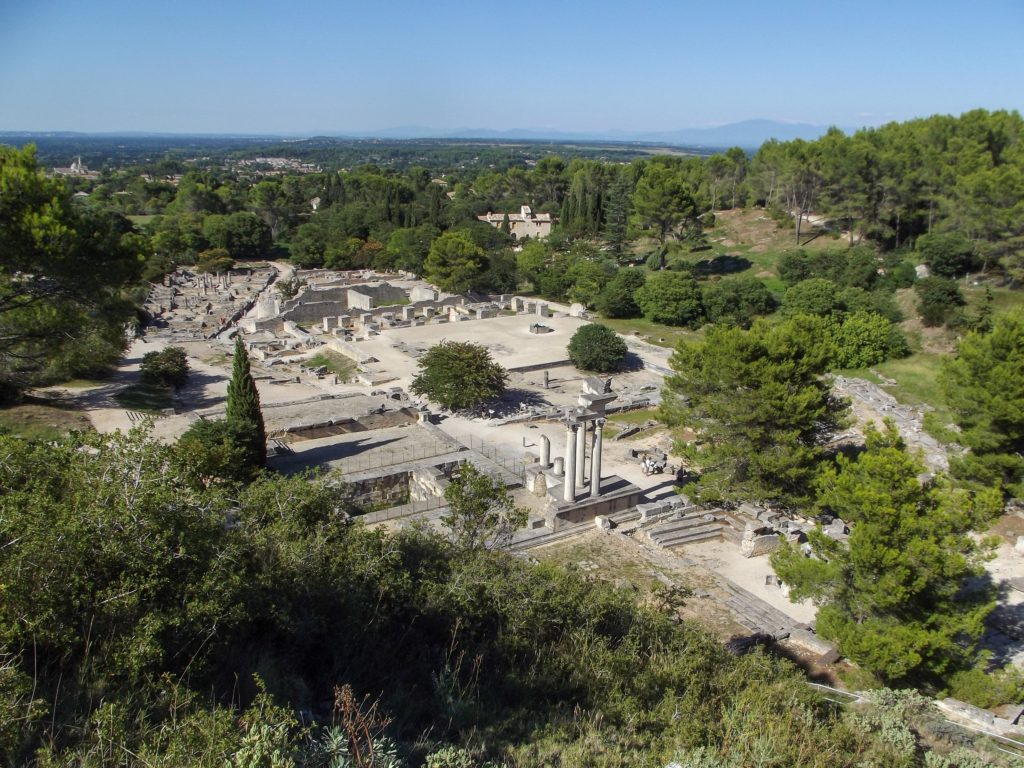
11) Arènes d’Arles
Arles is one of our favourite French cities and used to be a provincial capital of ancient Rome. It has some incredible remaining Roman architecture, as well as being famous for once housing Vincent Van Gough, who painted nearly 200 paintings here. Arènes d’Arles, an amphitheatre, was built in 90 AD and can hold 20,000 spectators in its 2 tiers. It’s a UNESCO World Heritage site and still hosts plays and concerts today. Walking the walls provides incredible vires of Arles and the Rhône River. Arles is also the gateway to the Camargue Region.
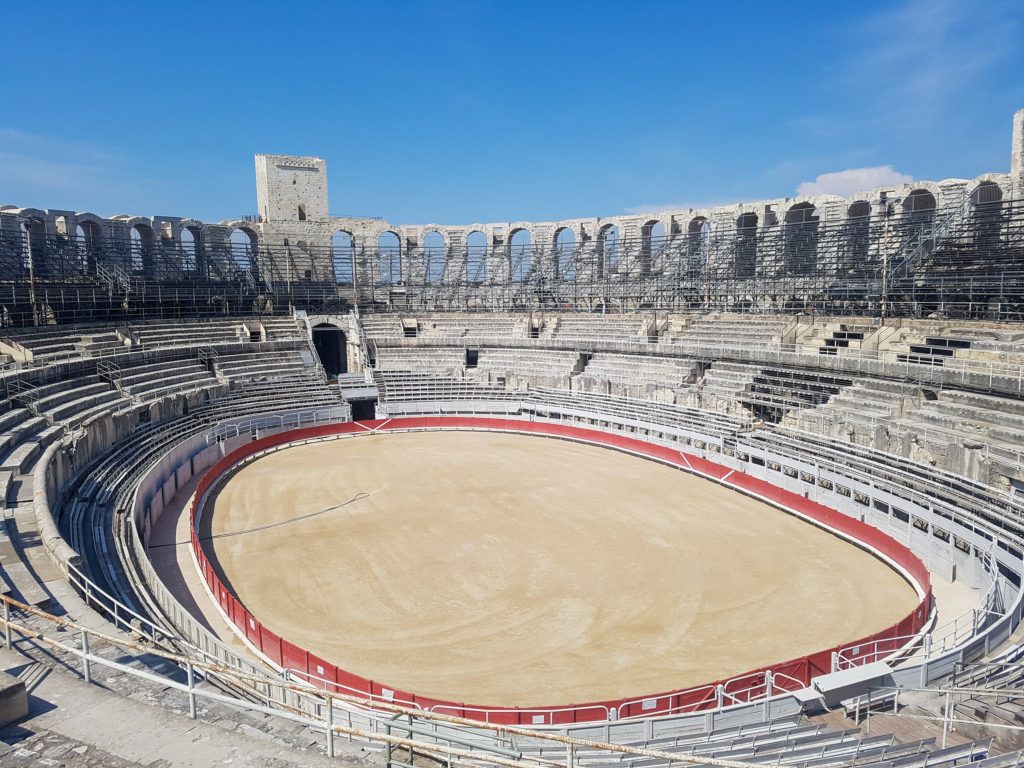
Nature
12) Camargue
The Camargue Region is a vast plain located between the Mediterranean Sea and the two arms of the Rhône delta, and made up of large brine lagoons, sandbars and reed-covered marshes. It is the Mediterranean alternative to the Uyuni salt flats in Bolivia and home to more than 400 species of bird, making it an Important Bird Area (IBA). The central area has been protected as a regional park since 1927 and was incorporated into the larger Parc naturel régional de Camargue in 2008. A lot of the lakes here appear pink, due to microscopic algae.
The area is mainly famous for its indigenous wild horses, considered one of the oldest breeds of horses in the world. Flamingos can also be seen here year round. The best place to spot them is Ornithological Park of Pont de Gau, which offers trails and boardwalks through marshland where you can spot flamingos, herons and other migratory birds from wooden hides. You can even take a safari with a knowledgeable local guide who can point out all the interesting flora and fauna.
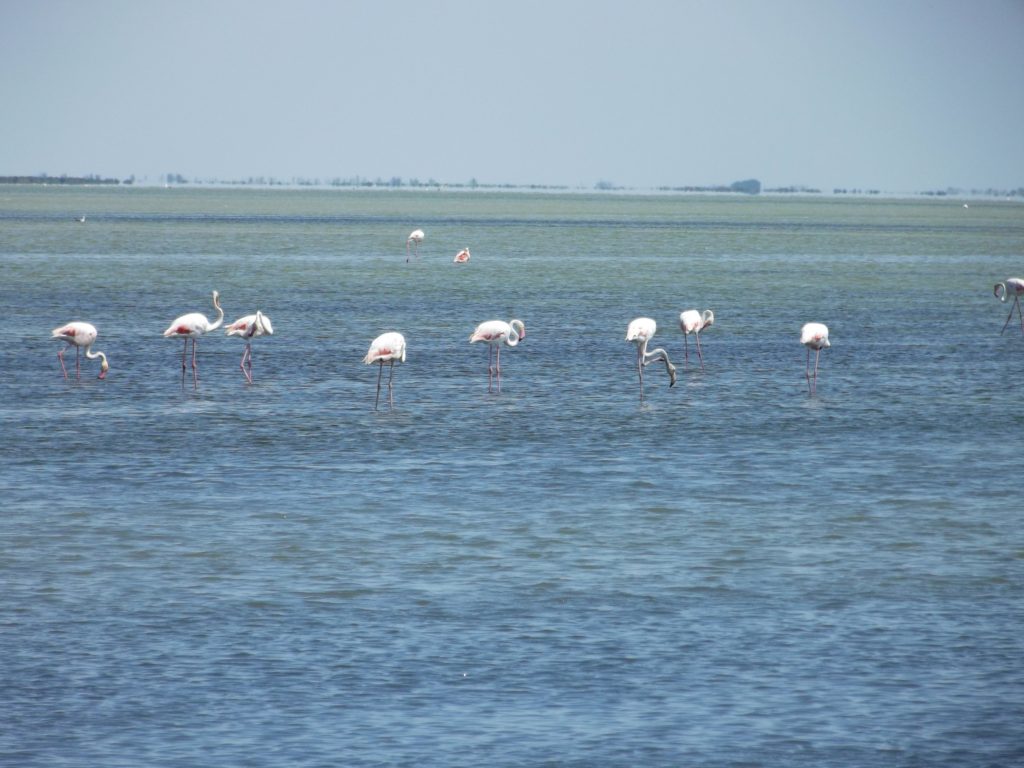
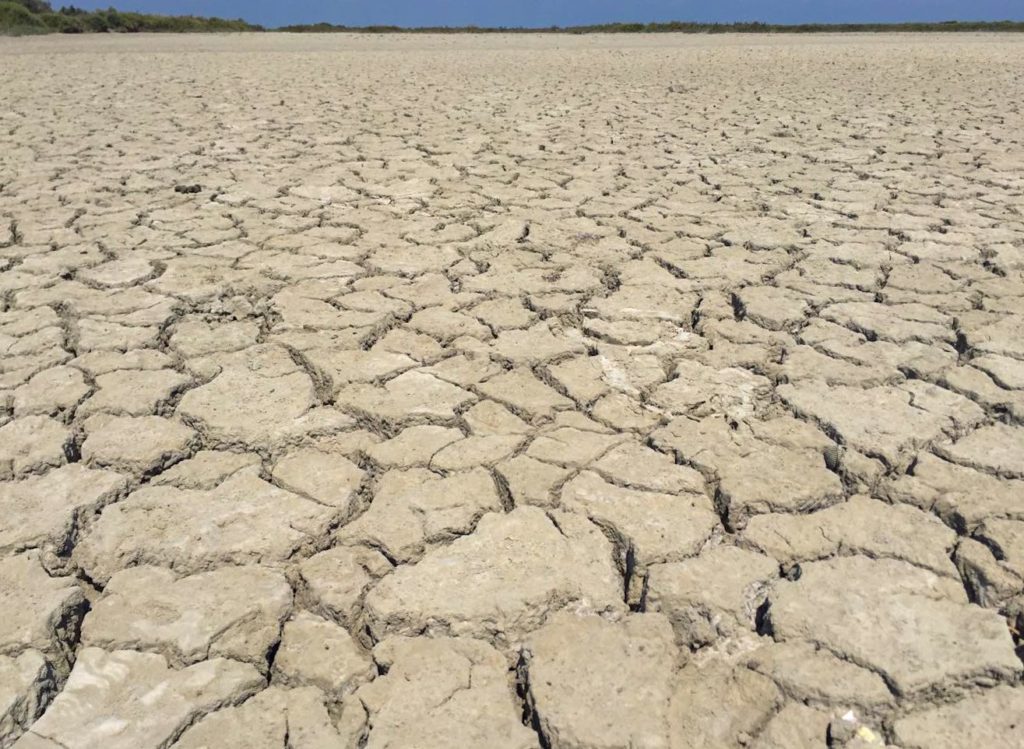
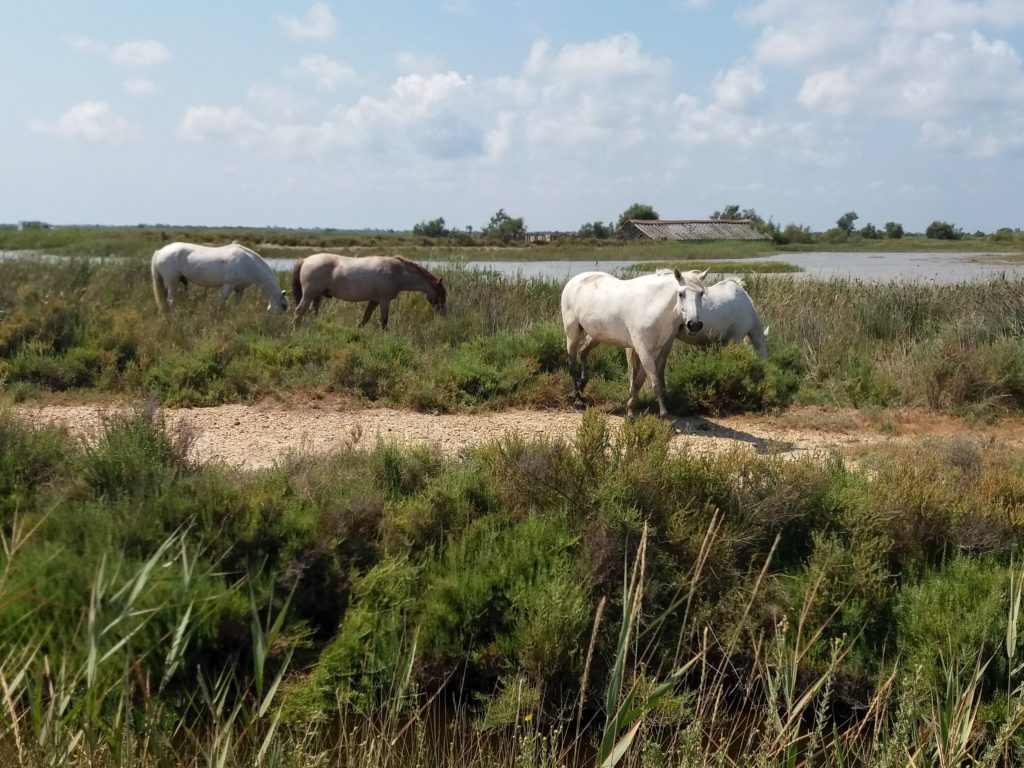
13) The Calanques
Calanques are narrow, steep inlets of rugged terrain that feature secluded beaches and stunning swimming spots. They can be found in the Calanques National Park, between Marseille and Cassis, which you can read about later in this article. There are a few to visit on The Calanque de Cassis trail, including Port-Miou (the most accessible), Port Pin (the most popular) and d’En-Vau (the prettiest).
The hike from Cassis takes:
- 30 mins to Calanque de Port-Miou
- 50 mins to Calanques de Port Pin
- 1.5hr to Calanques d’En-Vau
- 3 hr circuit
You can take a boat or kayak tour from Cassis Port and see them from the water, which you can read about later in this article. Or, if you’re based in Marseille, why not enjoy a beautiful sunset dinner cruise on a catamaran?
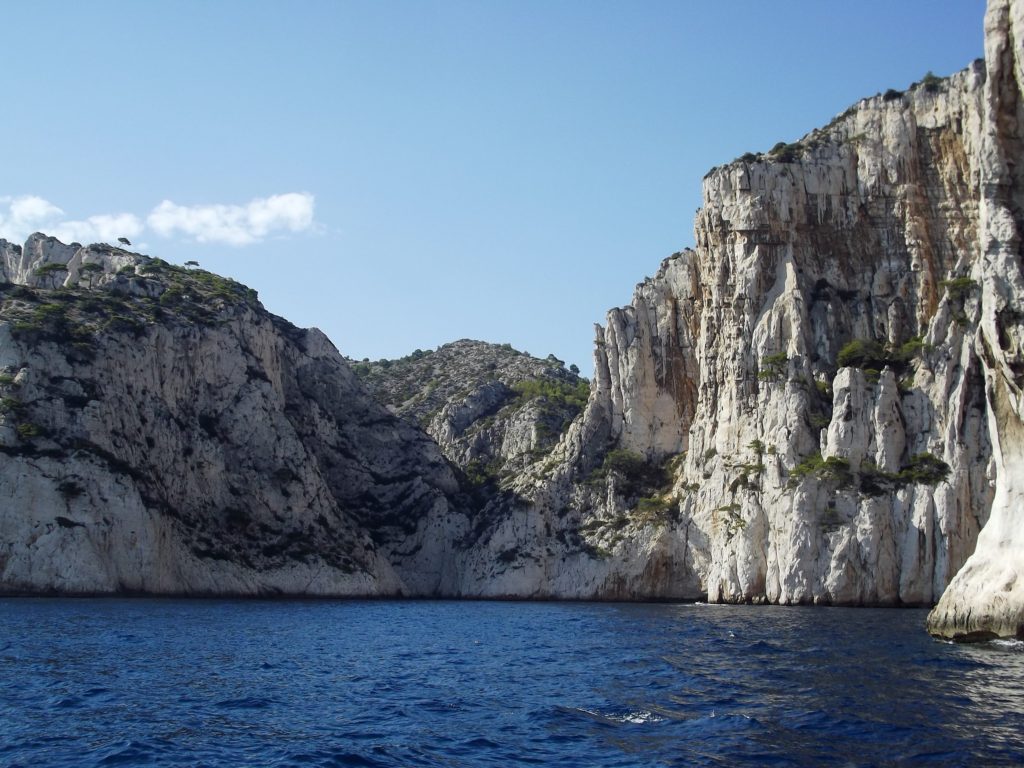
14) Gorges du Verdon
The Verdon River carves its way through the stunning canyon that is the Gorges du Verdon. Whilst the gorge can be done as a daytrip from the French Riviera, we recommend taking a few days and enjoying the beautiful (and sometimes terrifying) road trip. The gorge is 15 miles (24km) long and the cliffs here are 700m (2297ft) high, perfect for rock climbing, hiking and paragliding. The beautiful turquoise-green colour of the water is caused by tiny rock particles, called glacial flour, mixing with microscopic algae. You can rent a paddleboat, kayak or motor boat, hike the 8.6 mile (14km) Blanc Martel trail, hire a bike, spot Griffon Vultures, Black Vultures and Eagles, or try bungee jumping.
You can also cross the Pont du Galetas bridge, which offers the best view of the Gorges du Verdon. This small bridge connects the two shores of Lake Sainte-Croix. On both sides there are small car parks and beaches for sunbathing or boat rental. Verdon Gorges makes a great day trip from Nice and is commonly combined with other nearby sites, like Provence’s stunning lavender fields.
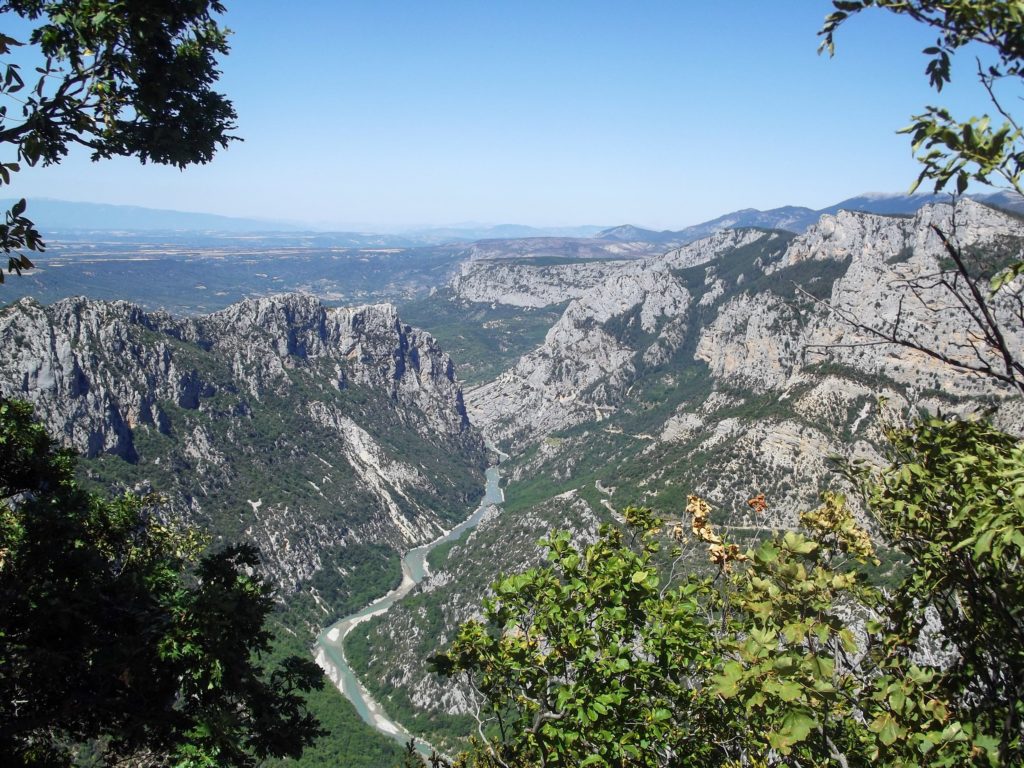

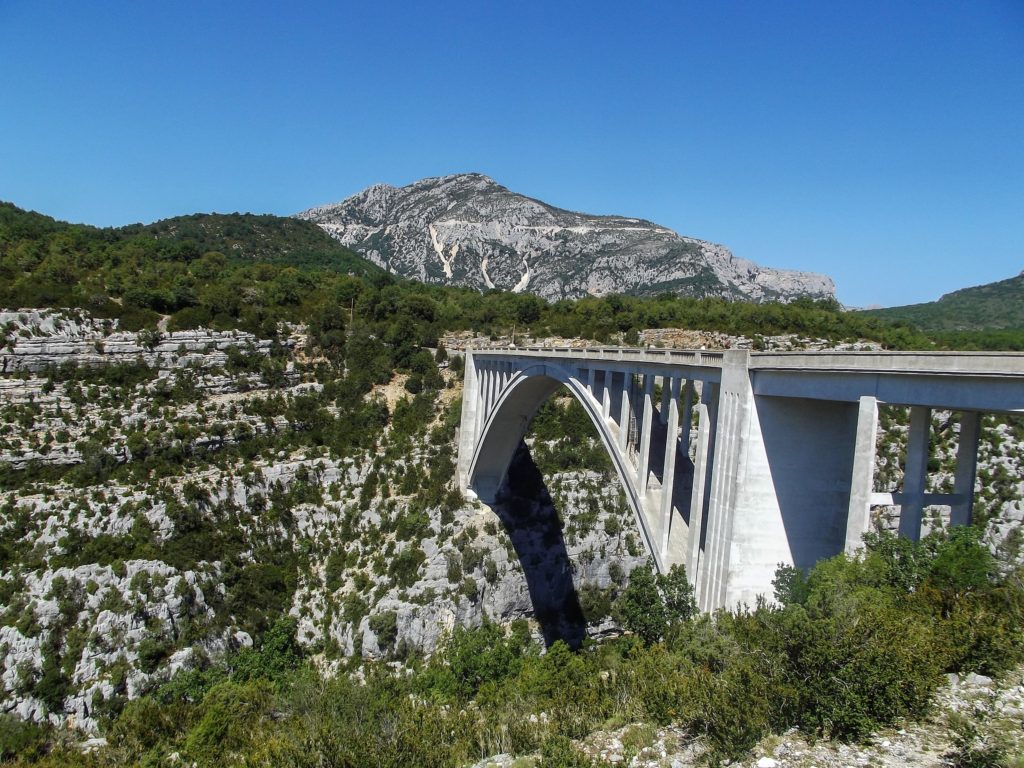
15) Fontaine de Vaucluse Spring
The Fontaine de Vaucluse spring lies near the town of Fontaine-de-Vaucluse and is the fifth largest karst spring (a natural exit for groundwater to the surface through a karst hydrological system, usually characterised by sinkholes and caves) in the world. The spring has a conical (inverted bowl) shape and clear blue waters, which you can swim in. It is believed to mark the beginning of the River Sorgue.
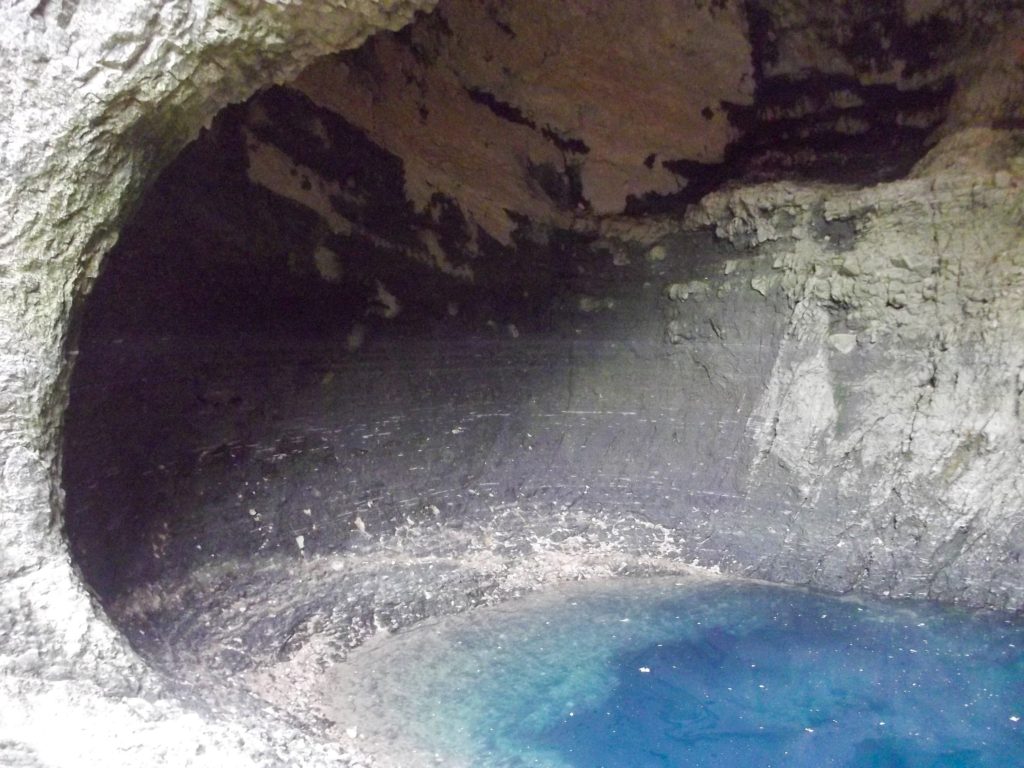
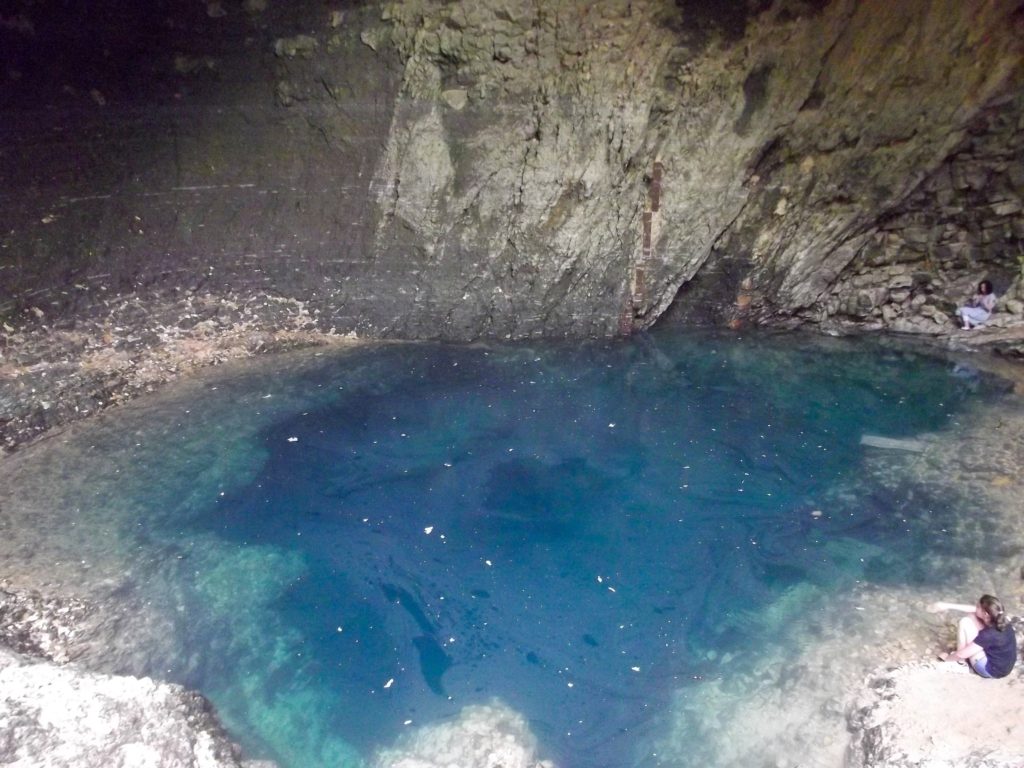
Towns & Villages
16) Martigues
Martigues is quintessentially French. It’s known as the Venice of France and consists of winding canals and pretty pastel fishermen’s houses. The little corner of the old town (pictured below) is called Miroir aux Oiseaux (Mirror of Birds) as the water is so still it reflects the sky and the birds. You can also visit the beaches, explore the port or admire the paintings of Felix Ziem at Musée Ziem, all of which are free!
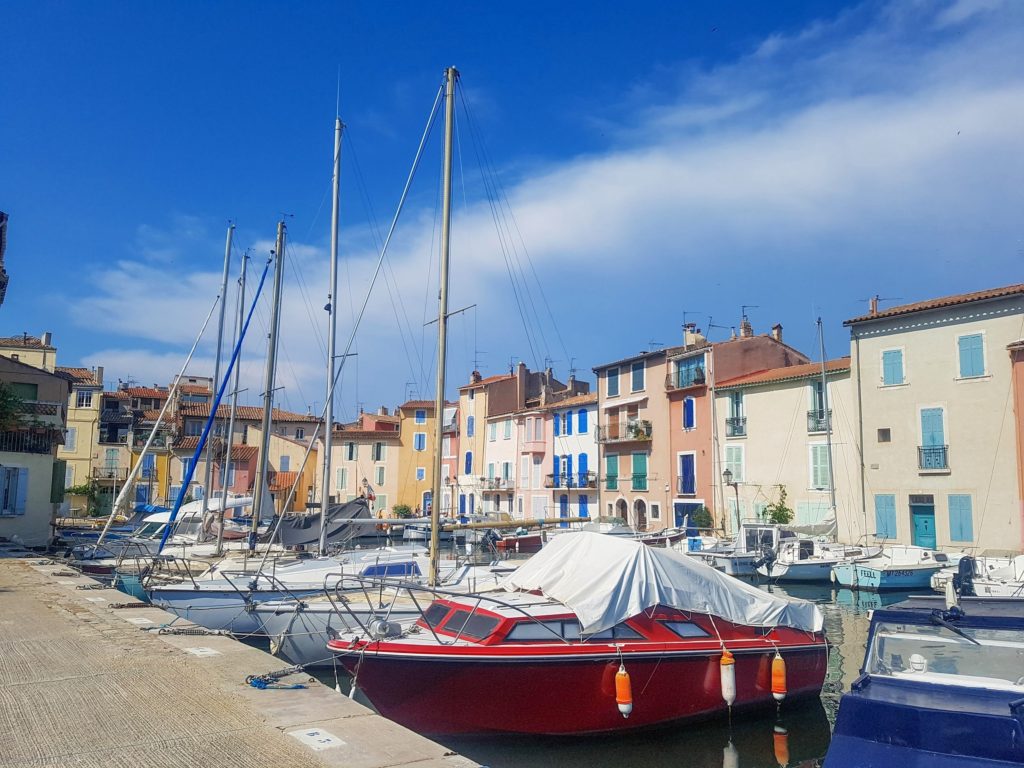
17) Saint Rémy-de-Provence
Located in the northern part of the Alpilles (which produces some great wine!), Saint Rémy-de-Provence is most famous for being home to Vincent van Gogh for part of his life. He was a patient at the Saint-Paul Asylum from May 1889 to May 1890 and painted some of his most memorable works, including The Starry Night, which features the town. There are plenty of cafés and restaurants to try – Le Roma does some of the best (and affordable) ice cream in France. And for history buffs, Site Archéologique de Glanum lies nearby, as well as Les Antiques, a Roman mausoleum and a triumphal arch.
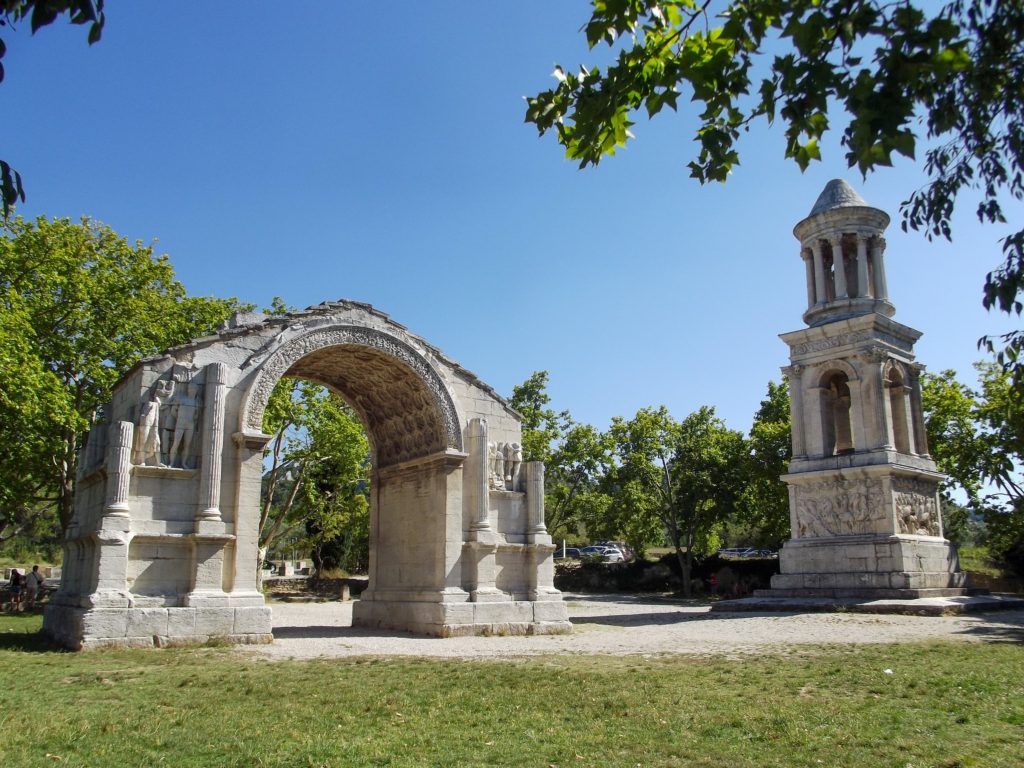
18) Gordes
Gordes is a pretty little town set high in the mountains of the Luberon Valley, near Avignon. There’s not much to do in the town but the surrounding area is home to caves, museums and the Village des Bories. It makes for a nice walk and provides stunning views of Vaucluse département in the Provence-Alpes-Côte d’Azur region.
Combine Pont du Gard, Fontaine de Vaucluse, Les Baux de Provence, Roussilon and Gordes in this highly-rated Provence Full-Day Sightseeing Tour from Avignon. Or focus on a couple of France’s most charming southern towns on a Half Day tour of Luberon, Roussillon & Gordes.

19) Aigues-Mortes
Aigues-Mortes is a town surrounded by well preserved medieval city walls. It is a transit centre for canal craft and Dutch barges, as it sits on the junction of the Canal du Rhône à Sète and the Chenal Maritime to Grau du Roy. The name Aigues-Mortes dates back to 1248 and means dead water, or stagnant water, a testament to the marshes and ponds that surround the village. You can explore the walls, as well as cafés, shops and markets.
20) Saint-Maries-de-la-Mer
Saint-Maries-de-la-Mer is a popular summer holiday destination and the capital of the Camargue. It’s thought that, although the population was only 2495 in 2021, it can swell to 500,000 during the summer holidays. This fishing town features pale-coloured fishermen’s houses and The Notre-Dame-de-la-Mer church. You can visit the church, which was built in the 12th century and fortified in the 15th century, and even stand on the roof for panoramic views of the town.
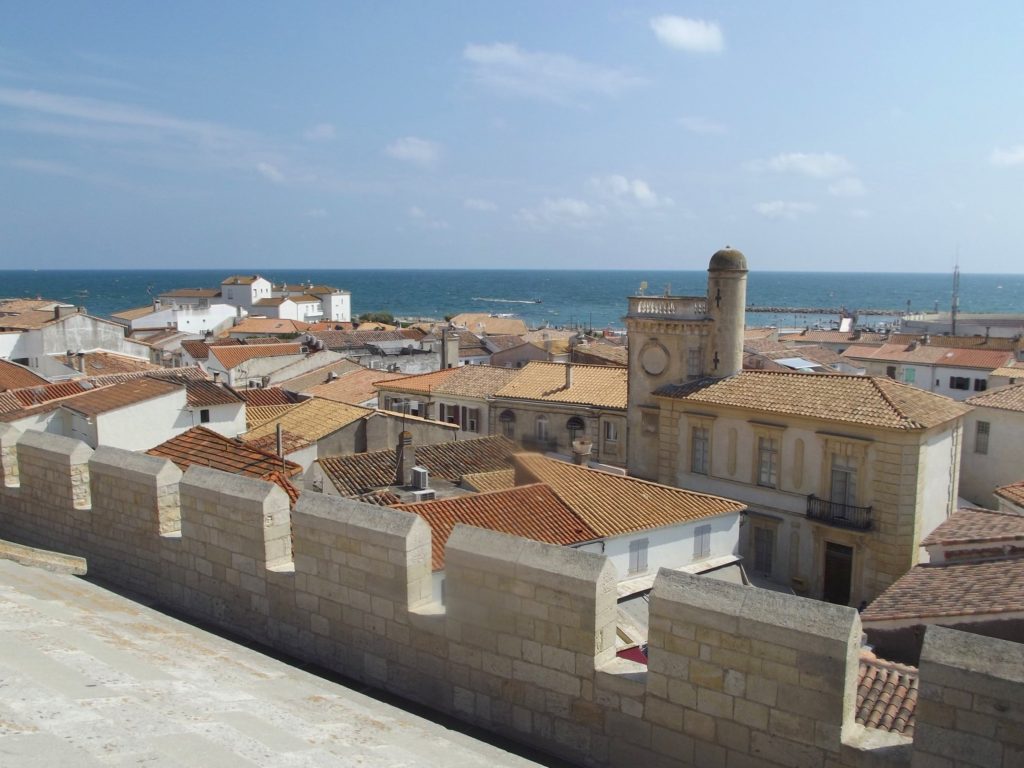
21) Bargemon
Bargemon is a charming medieval mountain village nestled in the middle of olive groves at an altitude of 500m. It has a shaded square, independent bistros, a fossil museum and a large fountain. It’s a lovely village to stay in and is just over an hour from the French Riviera.
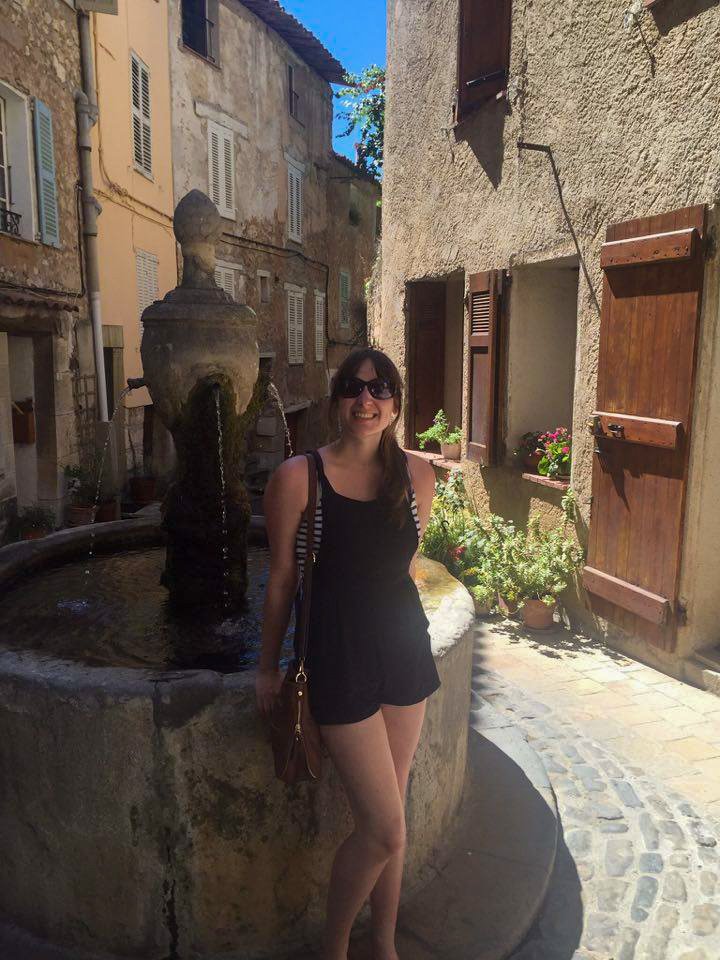
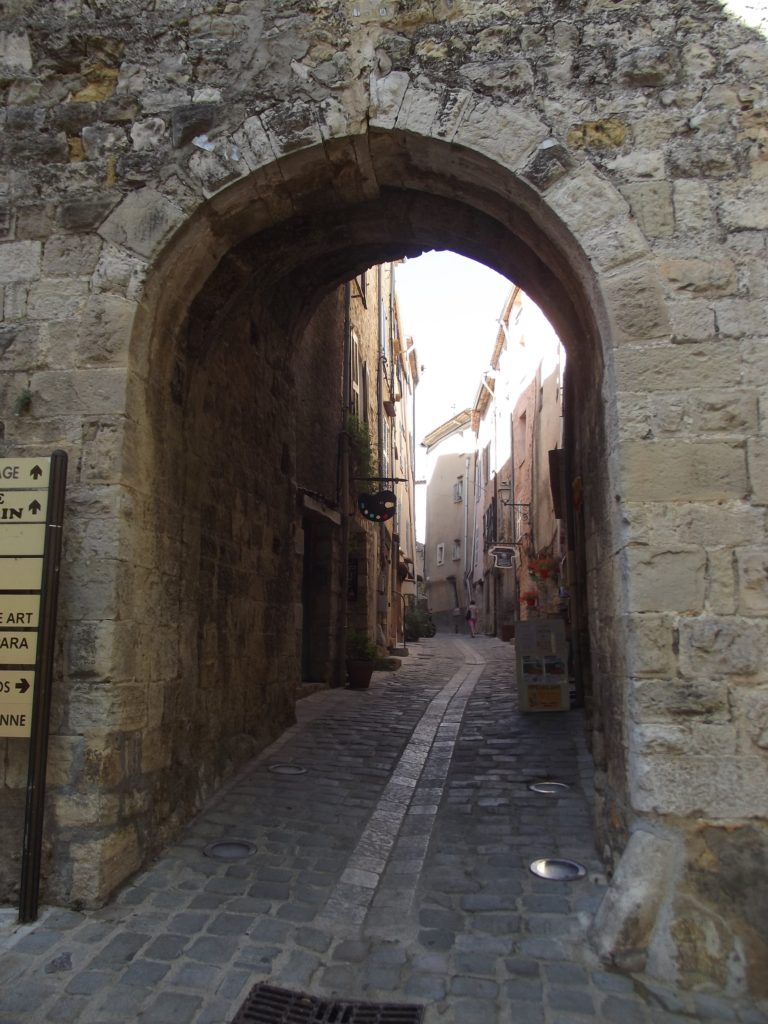
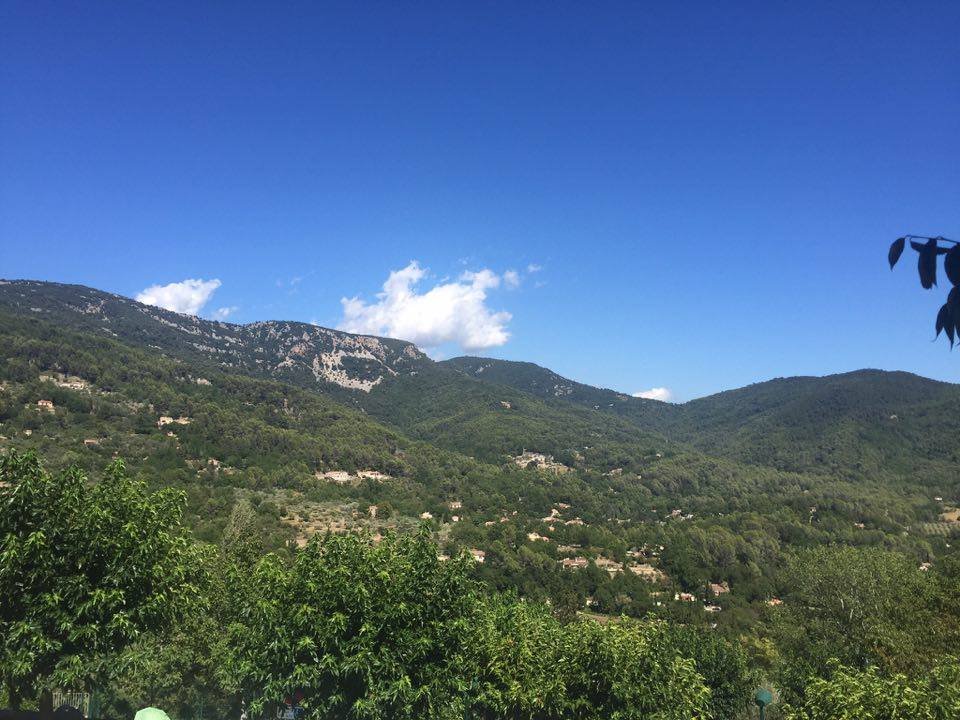
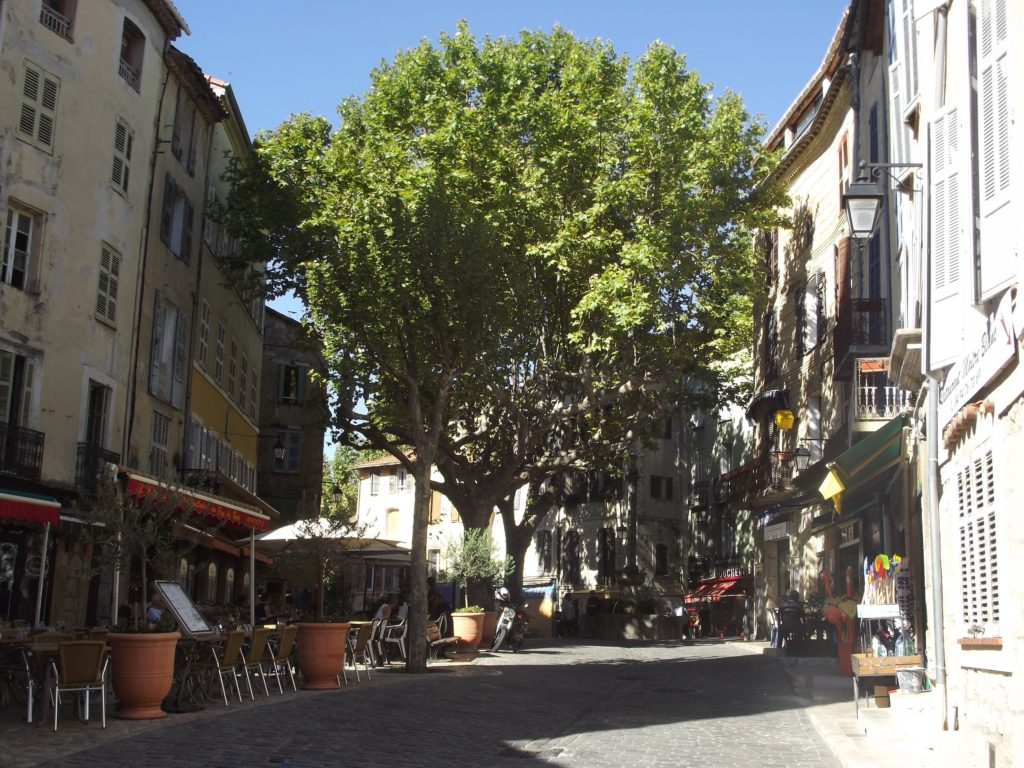
22) Cassis
Cassis is a Mediterranean fishing port and is overlooked by a 13th-century château, which is now an upscale B&B. The town is known for its pebbly beaches and calanques (narrow inlets framed by dramatic limestone cliffs). Despite its name, Cassis is not actually where crème de cassis is made. This is actually a specialty of Burgundy, which takes its name from blackcurrants (cassis), not the town. Cassis lies to the east of Marseille and marks the start of the French Riviera.
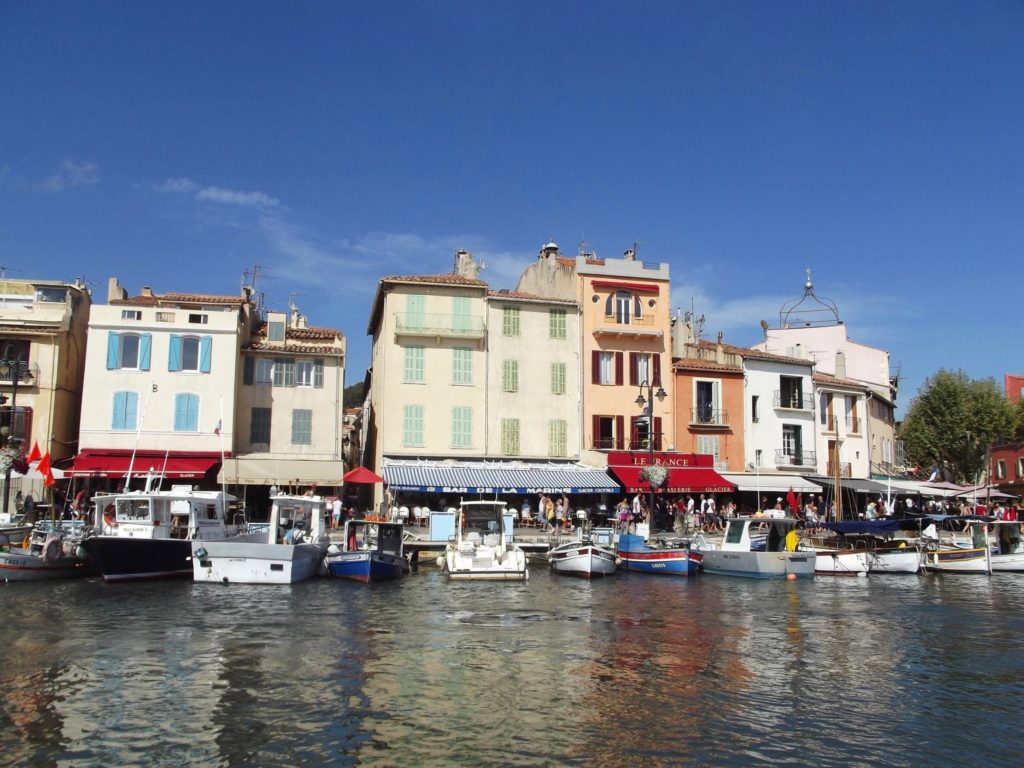
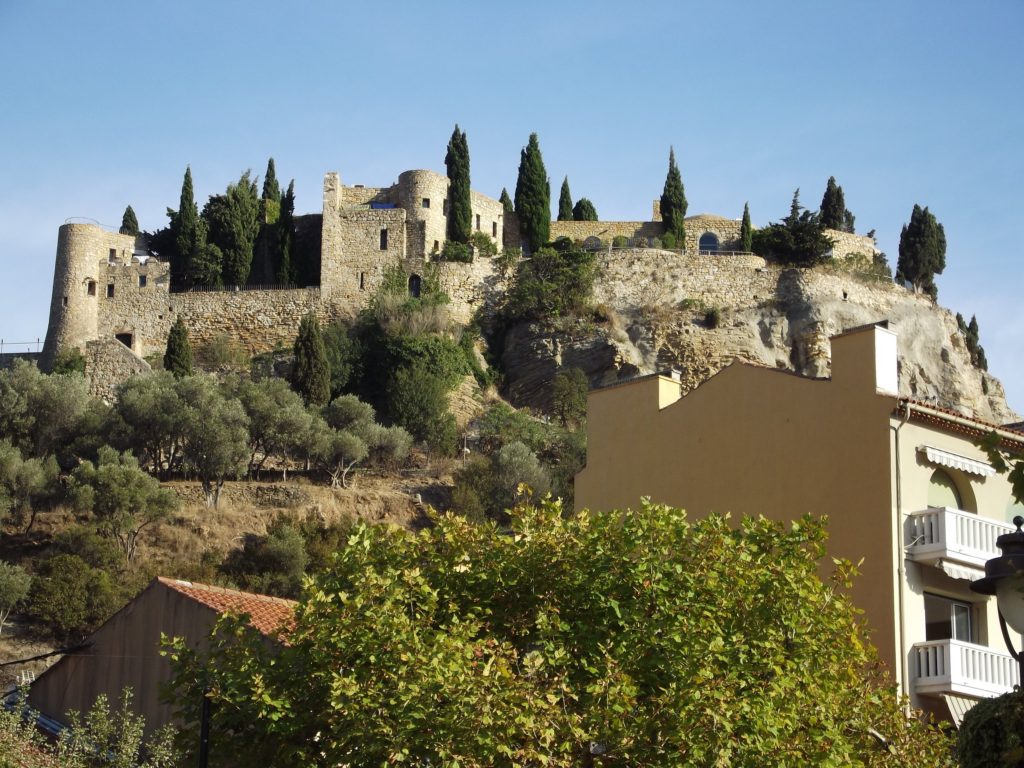
The French Riviera
The French Riviera (or Côte d’Azur) is the Mediterranean coast of south-eastern France. It is well known for its glamorous (and expensive) beach resorts and is one of the most popular holiday destinations in France.
23) Saint-Tropez
Saint-Tropez is the first town on the French Riviera and is famous for its beaches and nightlife. Its past as a fishing village is apparent in La Ponche quarter (the old fishing district), although now you’ll find yachts outnumber fishing boats in the Vieux Port (the Old Port).
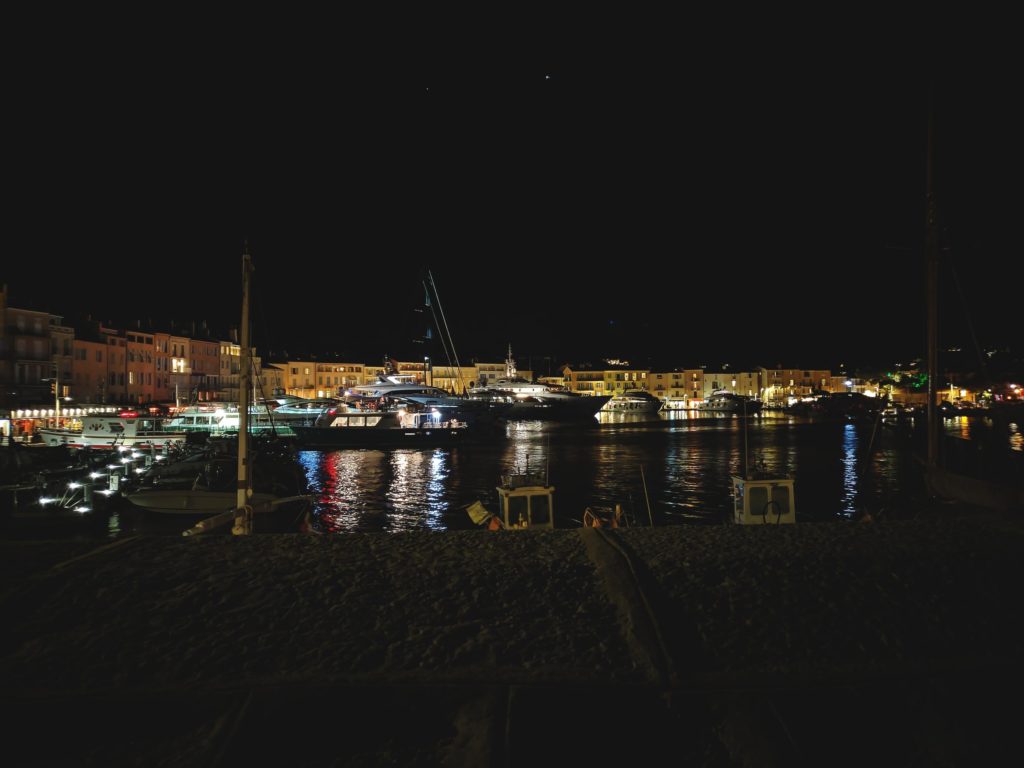
24) Cannes
Cannes is an upmarket resort town famed for its film festival which is held every year, usually in May, in the Palais des Festivals et des Congrès. The Boulevard de la Croisette curves along the coast and is lined with beaches, boutiques and high-end hotels, the most famous of which is the InterContinental Carlton Cannes.
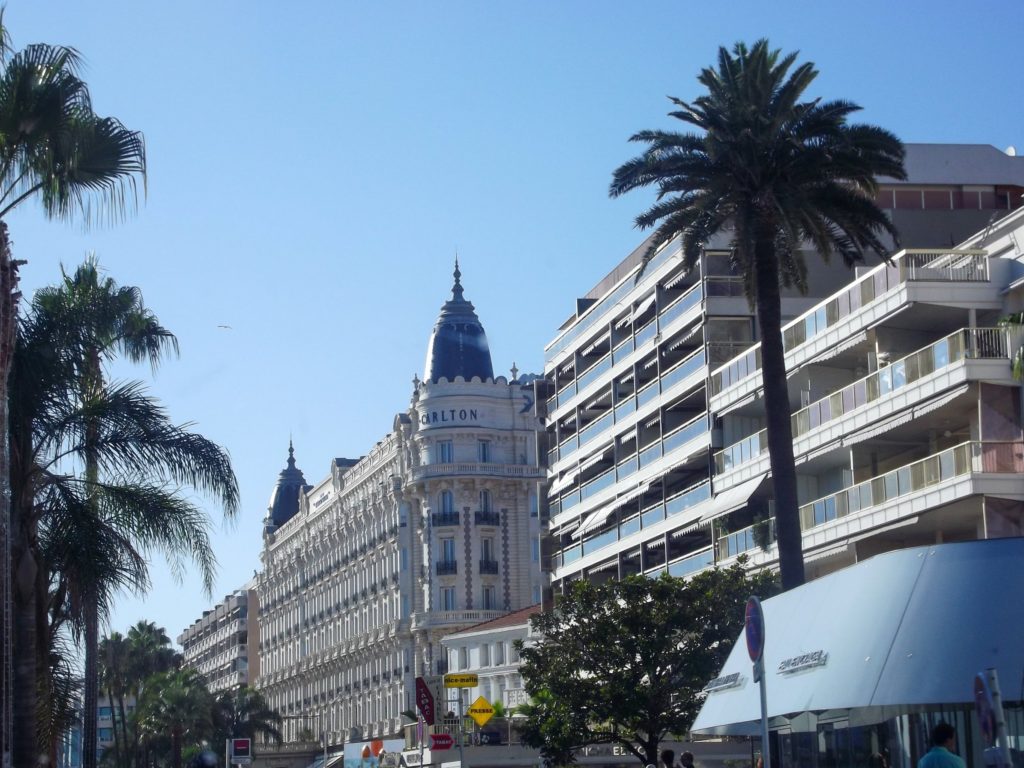
25) Antibes
Lying between Cannes and Nice, Antibes features an old town enclosed by 16th century ramparts with the star-shaped Fort Carré. The fort overlooks Port Vauban marina, which is often filled with luxury yachts. The old town boasts cafés, restaurants, shops and market stalls, as well as a castle and cathedral.
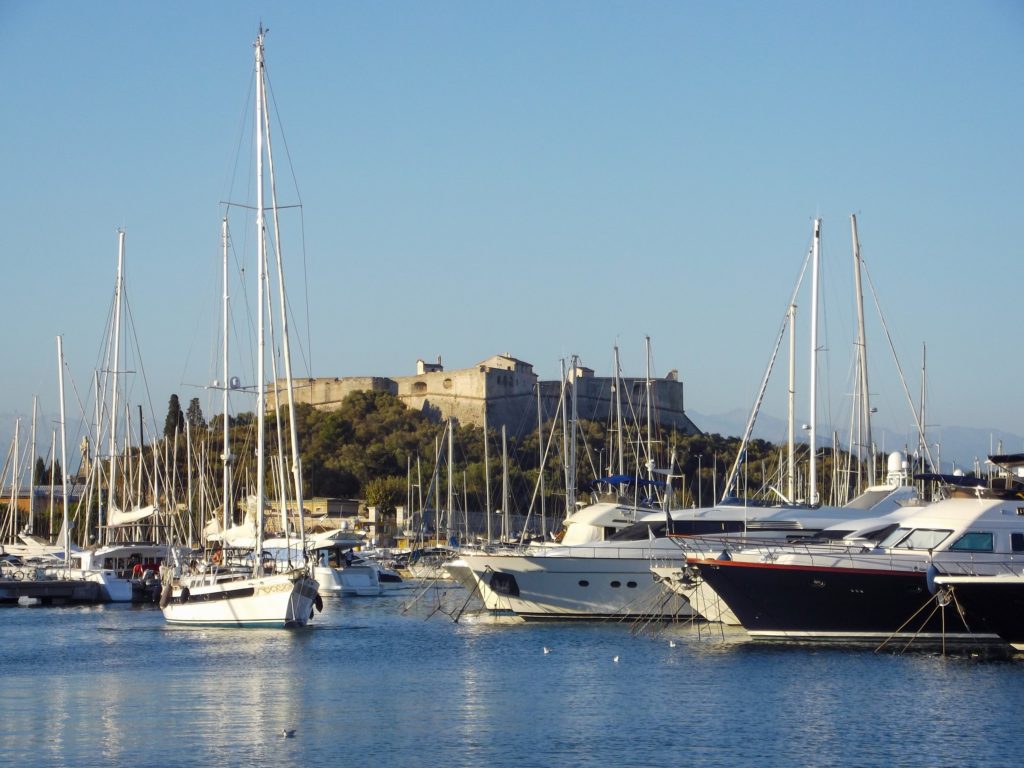
26) Nice
Nice is a popular holiday destination which sits on the pebbly shores of the Baie des Anges. Art lovers will enjoy the Musée Matisse, where former resident Henri Matisse is honoured with a career-spanning collection of paintings, the Musée Marc Chagall, which features some of its namesake’s major religious works and the Modern and Contemporary Art Museum (MAMAC). There are several museums to visit as well as the Castle of Nice, a hilltop military citadel built in the 11th century, and the Basilica of Notre-Dame de Nice – a Neo-Gothic Roman Catholic basilica. There are also lots of shops, cafés, restaurants and frequent markets.
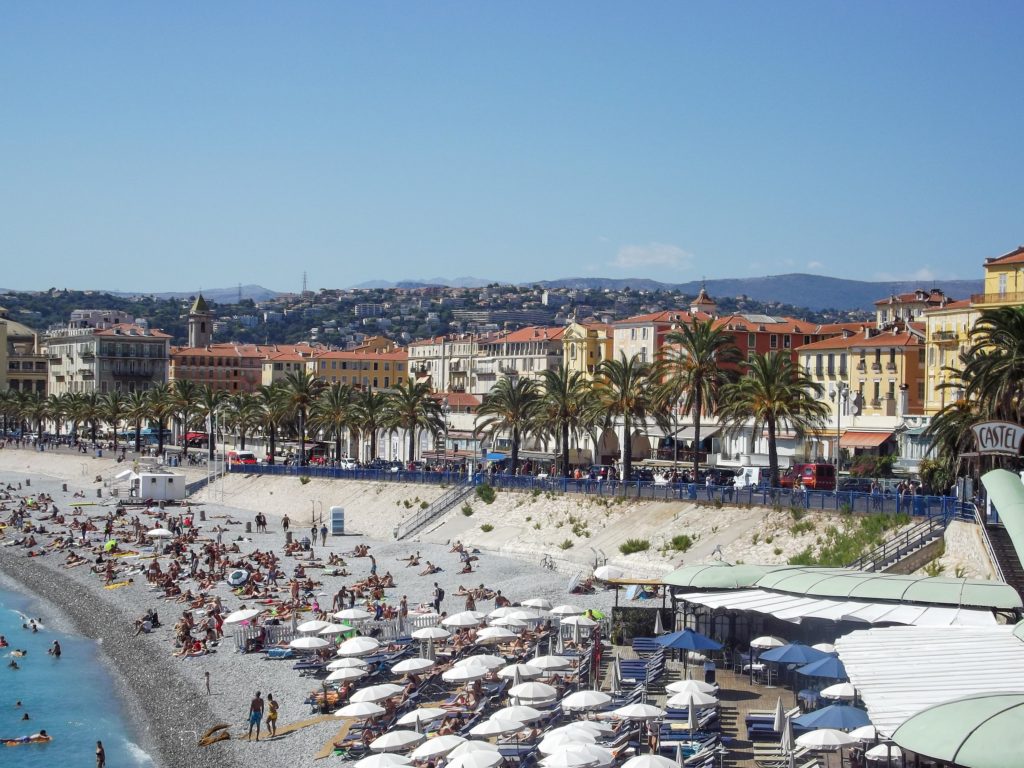
27 Monaco
The Principality of Monaco, is an independent sovereign city-state, bordered by France on all sides, but only a few kilometres west of Italy. It is known as the Billionaires’ Playground due to its lavish wealth, casinos, and glamorous events such as the Monaco Yacht Show and the Monaco Grand Prix. There are several museums, gardens and churches to visit, but most notable is Monte Carlo Casino, a famous gambling and entertainment complex that also includes the Opéra de Monte-Carlo, and the office of Les Ballets de Monte-Carlo.
This highly-rated, affordable French Riviera Full Day Tour from Nice hits all the main sights listed above in one day!
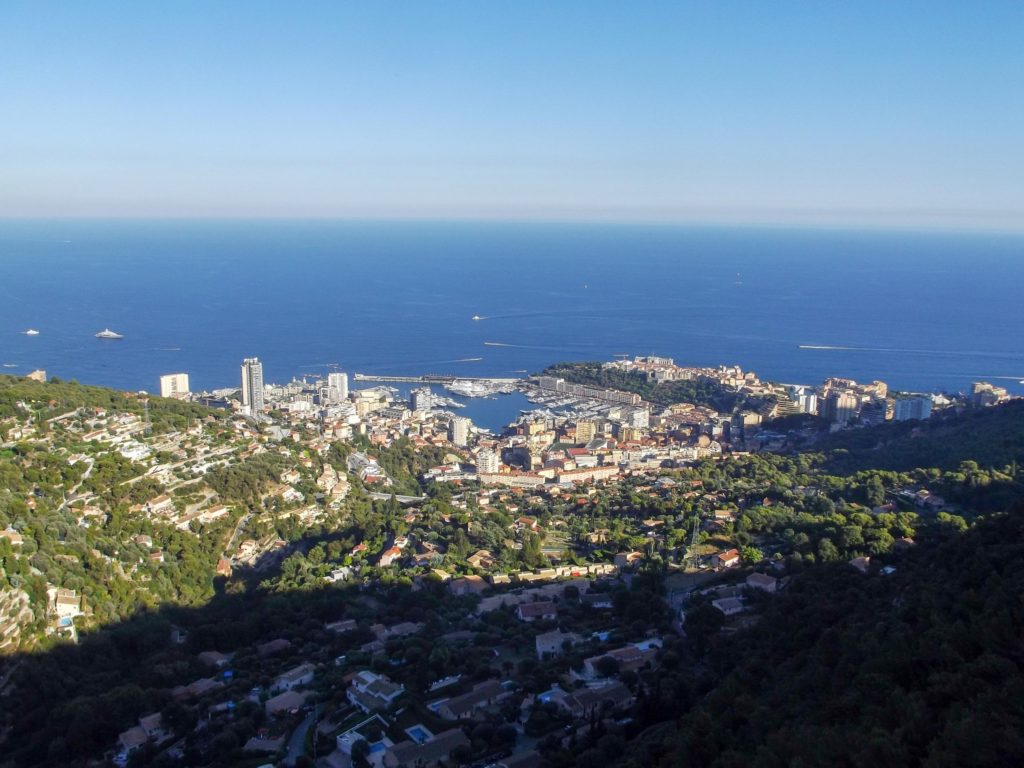
Activities
28) Côte Bleue Train
The Côte Bleue Train route runs between Miramas and Marseille. It is mainly a commuter line but offers tourists a picturesque journey along some of France’s most beautiful coastline.
Trains operate 14 return journeys between Marseille and Miramas every day, stopping at 15 stations:
- Miramas
- Istres
- Rassuen
- Fos-sur-Mer
- Port-de-Bouc
- Croix Sainte
- Martigues
- La Couronne Carro
- Susset-les-Pins
- Carry-le-Rouet
- La Reddonne Ensuès
- Niolon
- L’Estaque
- Areac-Euroméditerranée
- Marseille Saint-Charles
We’d recommend stopping at the following destinations as they’re the prettiest and the stations are located within striking distance of the towns: Carry-le-Rouet is just a few minutes walk downhill to a harbour with several lovely restaurants. Ensuès-la-Redonne provides great views of the sea and rocky inlets. Niolon features a small port where a viaduct straddles the turquoise water and rocks and L’Estaque has stunning views over to the nearby port of Marseille and the Chemin des Peintres. Be sure to book the route via Port de Bouc as there is an alternative, much less attractive, inland route too French rail tickets need to be validated (composté) prior to travel by punching it in the machine at the entrance to the platform.
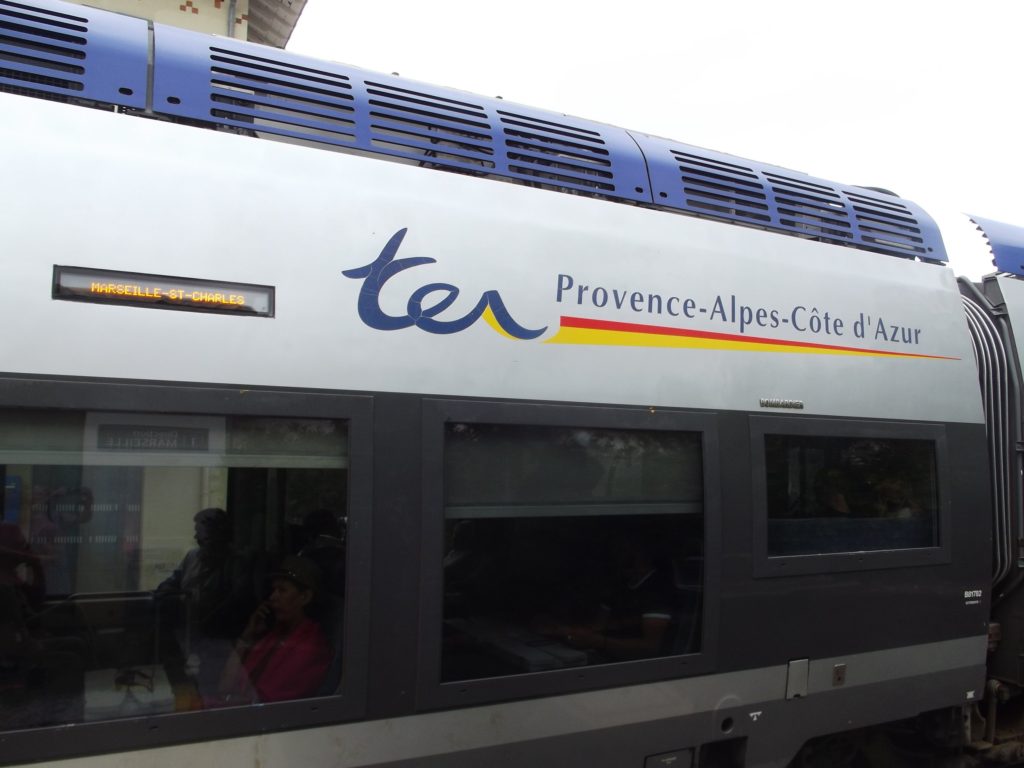
29) Vélorail Sainte Baume
Vélorails are peddle carts that have been converted to run along disused train tracks. There are a few throughout France, but Vélorail Sainte Baume is the only one in the south east. They feature two bike seats with peddles, one over each track, and a bench seat in the back. They’re fun for all the family and can fit up to 4 on a cart, with the peddlers rotating. The routes usually take a few hours to complete there and back and offer a great view of the French countryside as you ride.
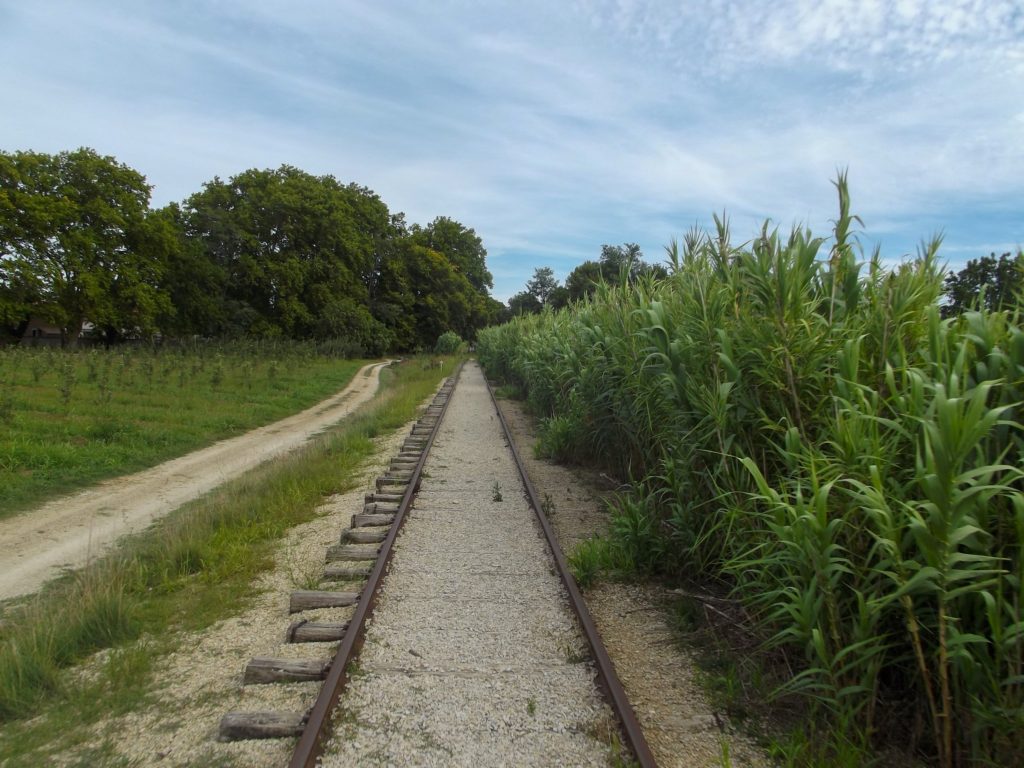
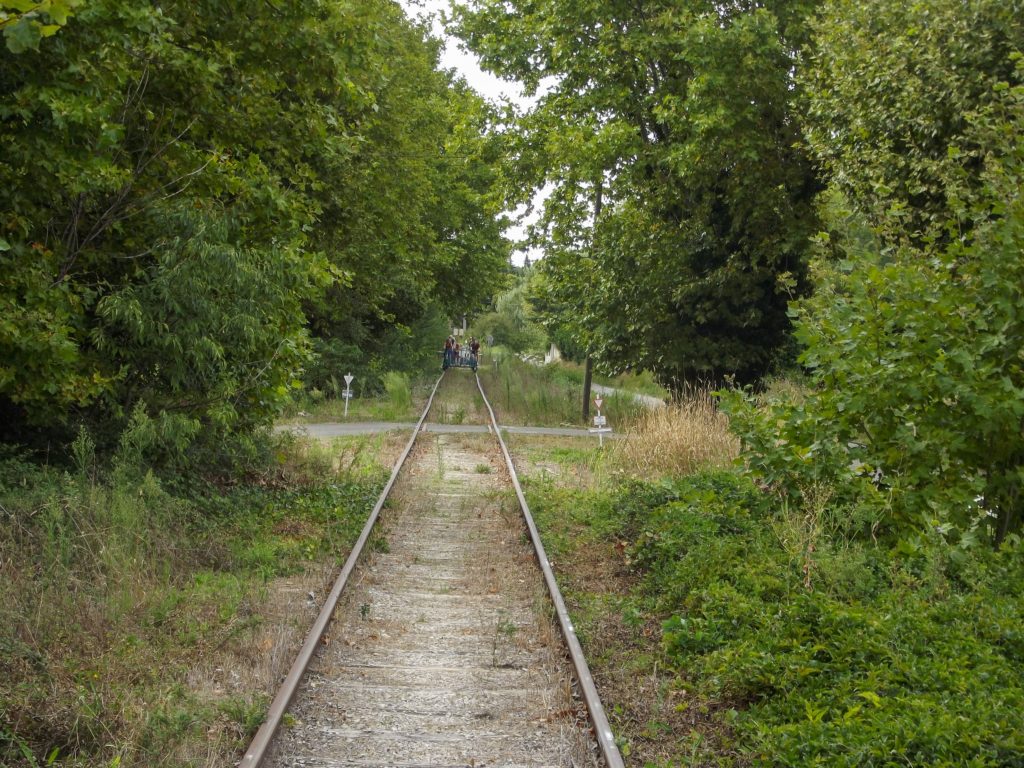
30) Canoeing & Kayaking
Without a doubt, the best place to canoe or kayak in South East France is on The Gardon River. You can rent a canoe or kayak from Kayak Vert and sail all the way down to the impressive Pont du Gard. You have a generous time limit so can stop for a picnic and swim along the way and get picked up and shuttled back to the car park at the end.
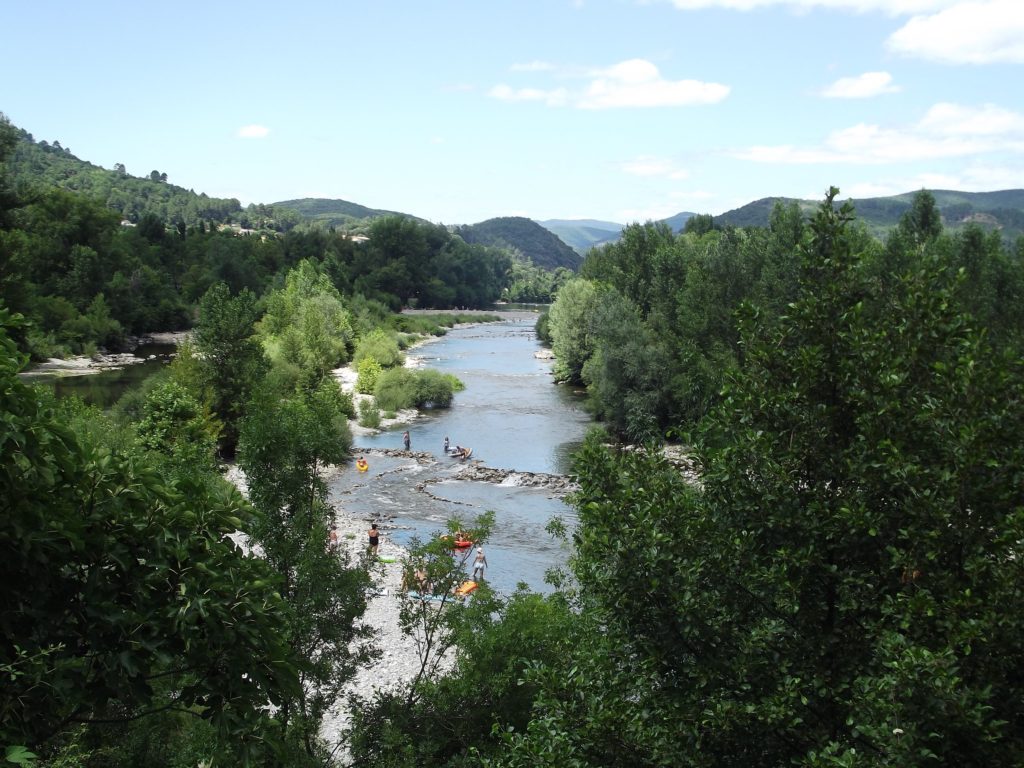
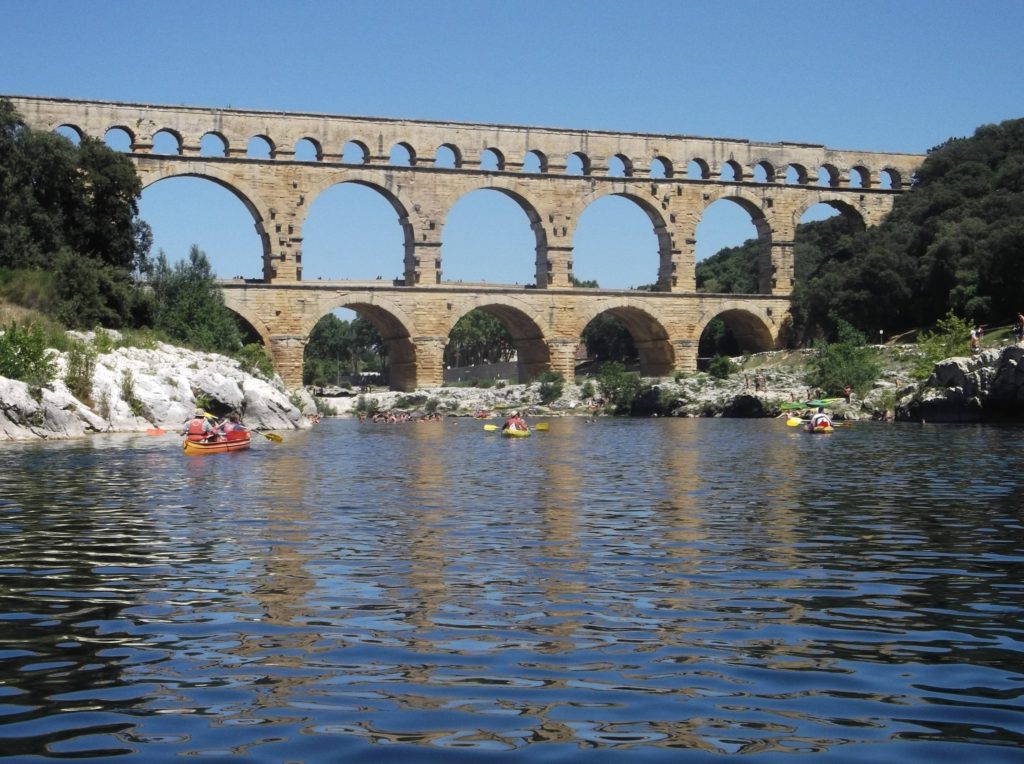
Interactive Map of South East France
Food & drink
1) Wine
We highly recommend you visit at least one Vineyard during your trip. You can taste the wines before choosing which ones you like and would like to take away. Languedoc, the Rhône Valley and Provence produce some fantastic wines that are globally renowned. We recommend Côtes du Rhone for red wine and Provence for rosé (the lighter coloured and more orange the better!).
Check out this excellent Provence Cru Wine Tour, which keeps groups small for an intimate experience and visits three locally-owned vinyards in Vacqueyras, Chateauneuf du Pape and Gigondas (Lucy’s parents’ favourite wine area).
2) Boulangerie
A boulangerie is a bakery that sells baked goods like bread, cookies, cakes, pastries, and pies. It’s the best place to get fresh baguettes for picnics and we always try to book accommodation near a boulangerie so we can pick up fresh morning croissants.
3) Cheese
No one does cheese like the French. It goes perfectly with baguette and can be eaten any hour of the day, but is particularly good after dinner with a local wine. We recommend brie, camembert, roquefort, comté and bleu.
4) Ice Cream
The Italians may have gelato, but France has some pretty damn good ice cream too! Most towns and attractions have an ice cream parlour which will offer a large variety of flavours, usually lavishly displayed. For something unique try Spéculoos or Smurf!
5) Moules-Frites
This popular dish of mussels and fries originated in Belgium but is popular in restaurants across France.
6) Dessert
The word is French for a reason! Finish off the perfect meal with a classic dessert, such as a Crème Brûlée or Mousse au Chocolat.
7) Crêpe
These thin pancakes can be filled with a variety of fillings and can be savoury or sweet.
8) Pâtisserie
This type of bakery specialises in pastries and sweets and offers a range of delights, such as Tortes, Macarons and Éclairs.
9) Supermarkets
The main supermarkets in France are Carrefour, Super U, Intermarché. They’re useful to self-caterers and obviously stock a great range of well-priced French food and drink products. You can also find local wines from the supermarket for as little as €3 a bottle. Top tip: Look for rows of wine that are over half empty – that’s wine that the locals drink so is probably good! Never choose a dusty bottle from a full row – it’s been left there for ages for a reason!
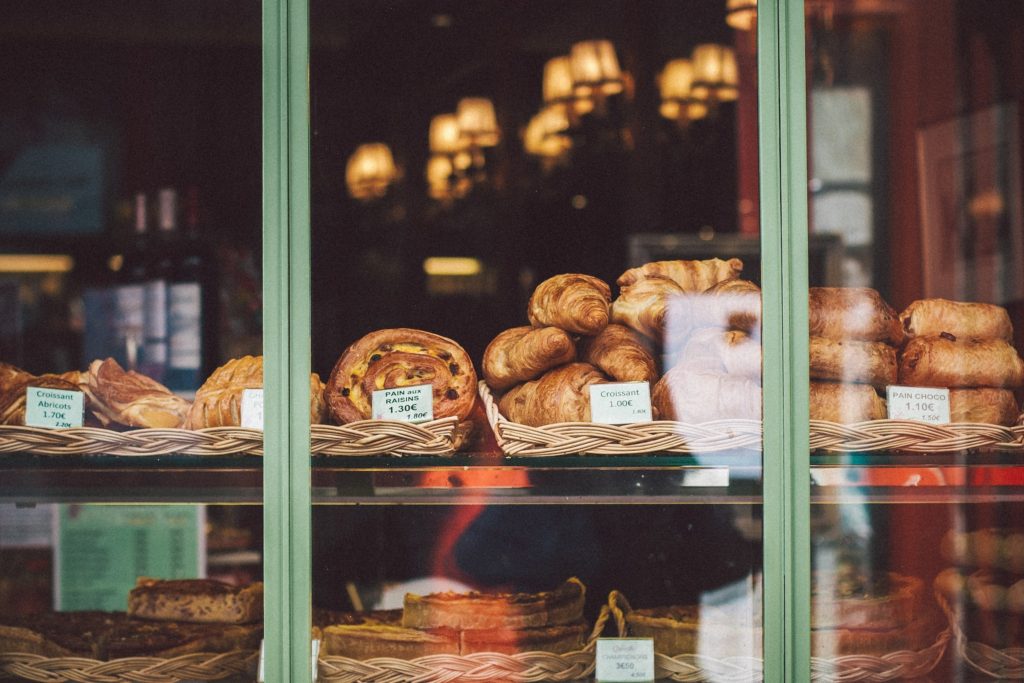
Wildlife
France has a lot of unusual animals you may not have known are indigenous. While the South West Pyrenees region has a lot of exciting animals (big cats, bears, ibex) the South East has some exotic animals too. If you’re lucky you may spot one:
- Pine Marten
- Coypu
- Alpine Marmot
- Wild Boar
- Wild Cat
- Golden Eagle
- Flamingo
- Wild Horse
- Scorpion
- Lizard
- Blue, Minke, Bryde & Humpback Whale
- Bottlenose & Common Dolphin
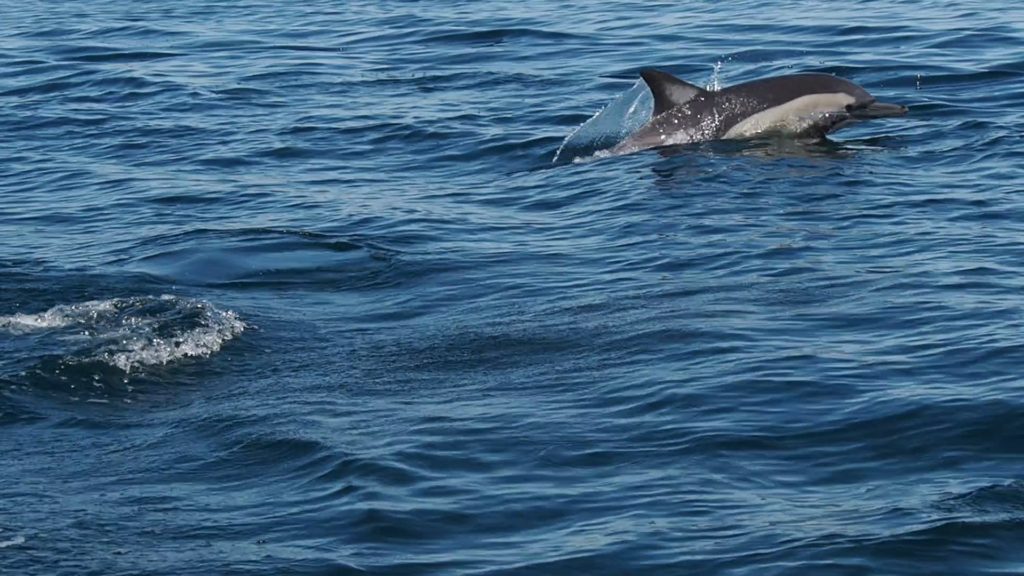
Getting around
We’d highly recommend you hire a car to enable you to explore all the region has to offer, unless you are basing yourself in a city. Cars can be hired from all major airports. Train travel through France is possible and is relatively cheap, but you’ll have to fork out for tours or more transport to get to attractions from the stations. Train tickets can be booked directly through the train company and on Rail Europe or Trainline.EU.
It’s also possible to bring you car from home if you’re travelling from the UK, or another European country. From the UK, take the Eurotunnel Le Shuttle from Folkestone to Calais. The journey takes half an hour but it’s another day’s driving to the South so it’s best to stop somewhere else on the way down. We’d recommend Paris, Riems, Champagne, Orléans or Dijon.

Where to stay in South East France
We almost exclusively use Vrbo to find self-catering cottages in France. You can find some beautiful and traditional French properties to rent for your next holiday on Vrbo. Alternatively, Abritel is a French site with a great range of unique accommodations.
If you’re limited by public transport it’s a better idea to stick to accommodation within the major cities. You can search for hotels on Booking.com and more affordable accommodation can be found on HostelWorld.
Read next:
The Thorough Guide to Pembrokeshire
The Top 10 Best Things to do in Tenerife
The Thorough Guide to Iceland’s Golden Circle
Check us out on social media!
